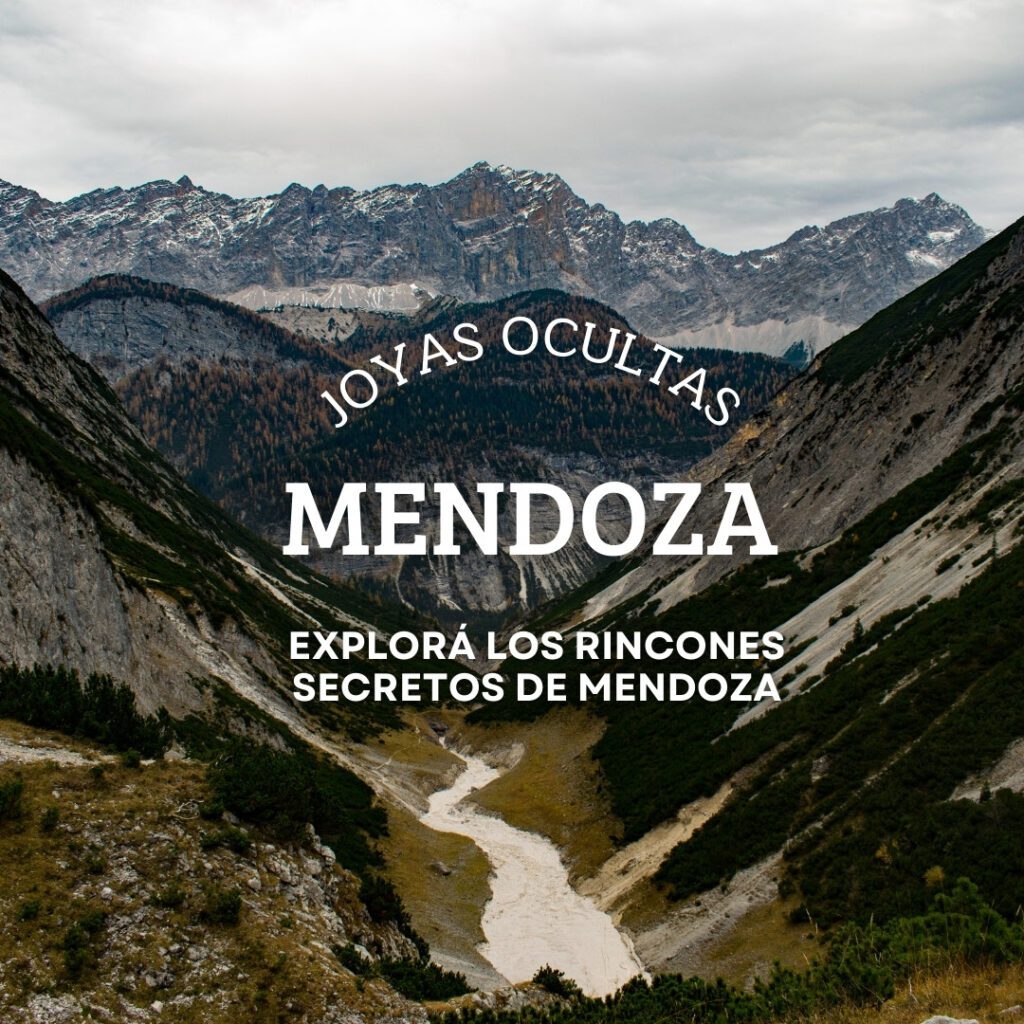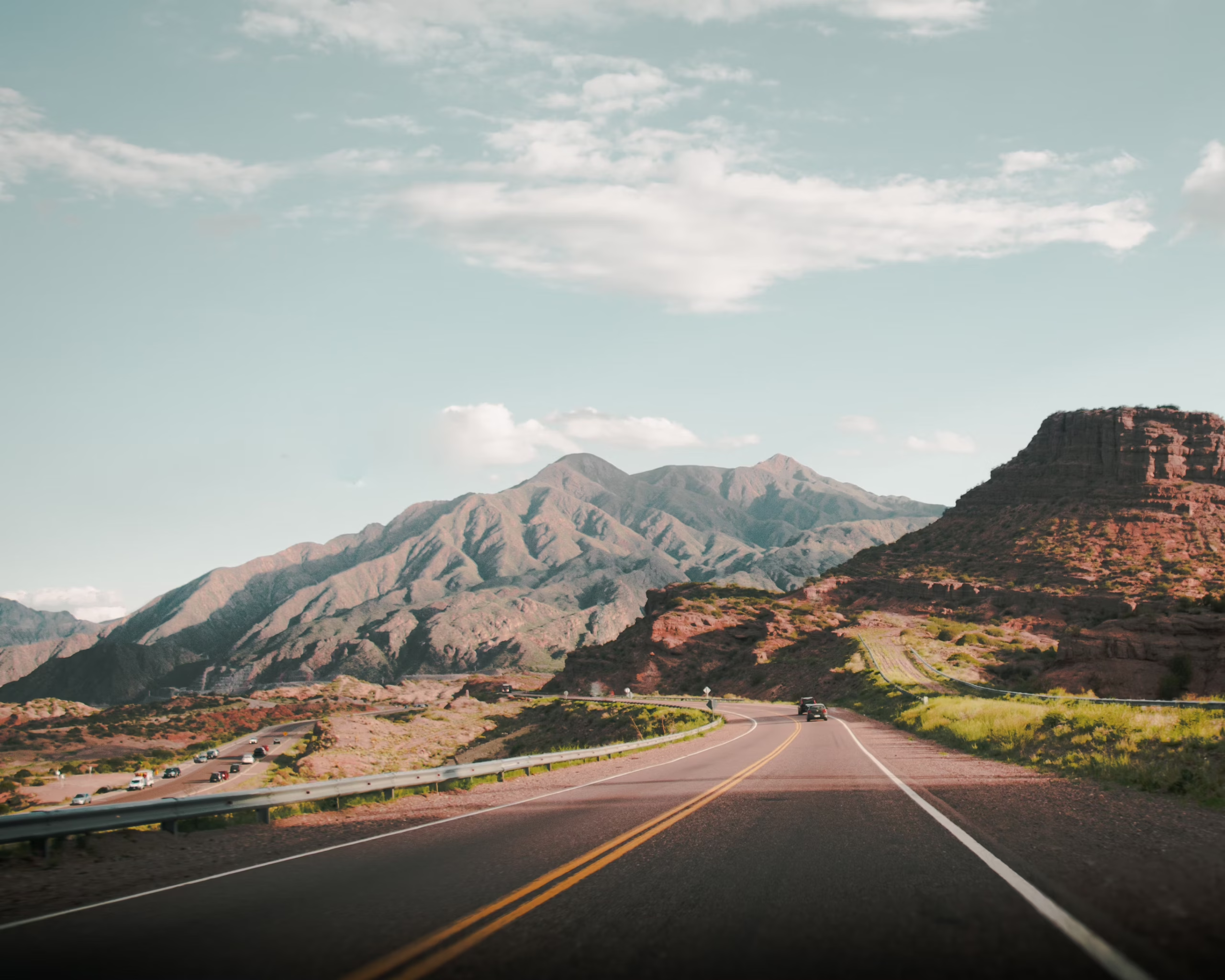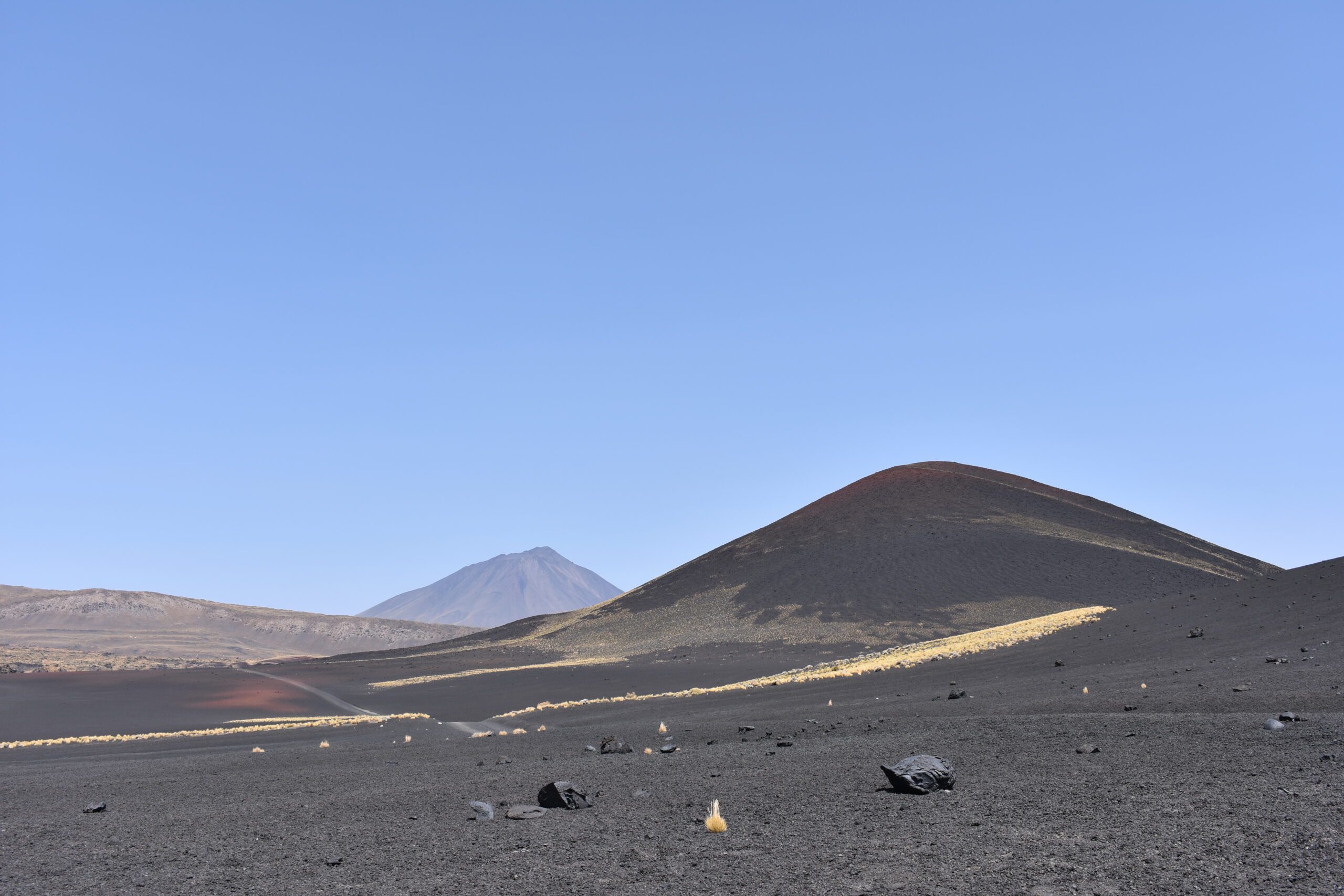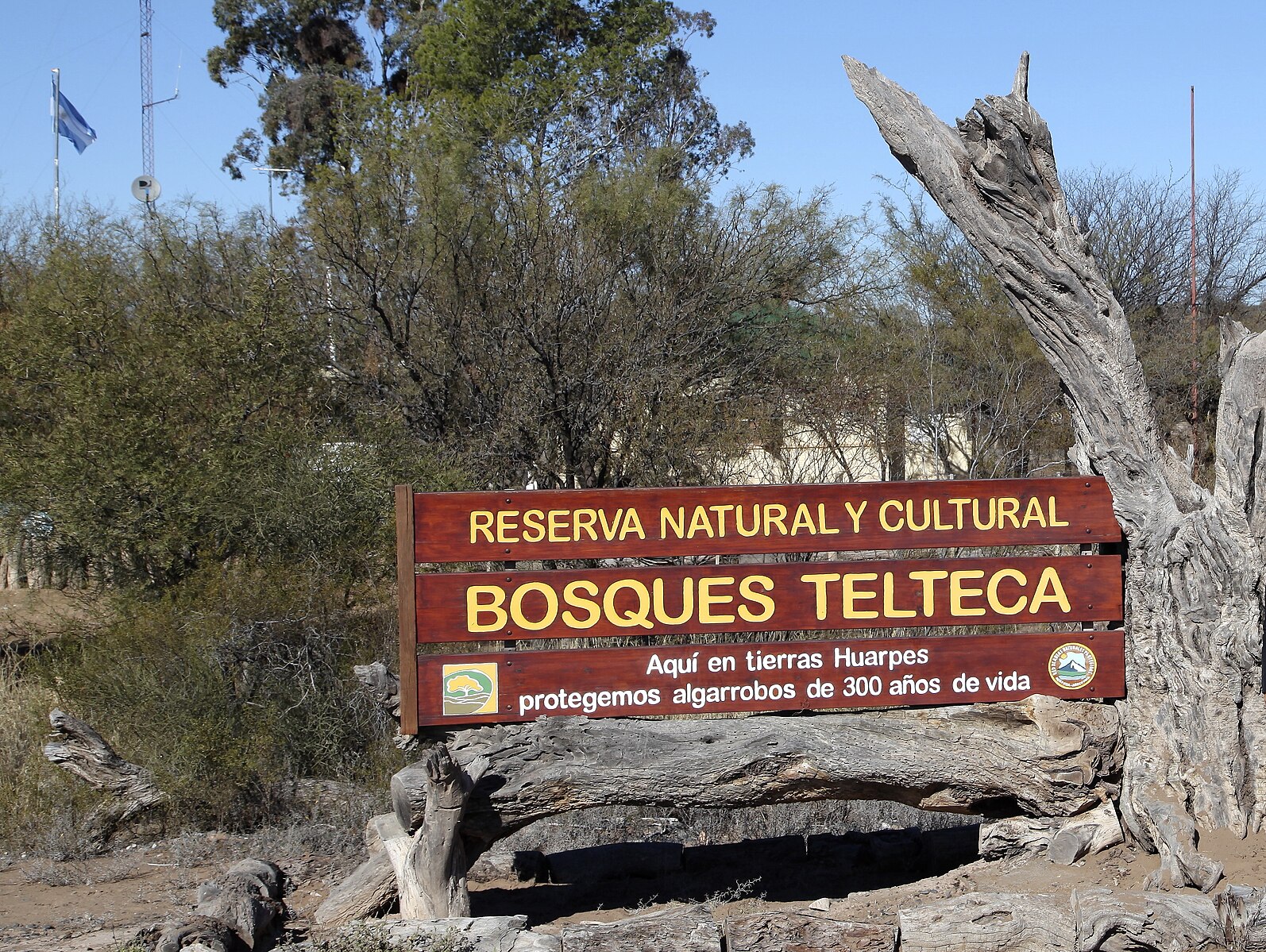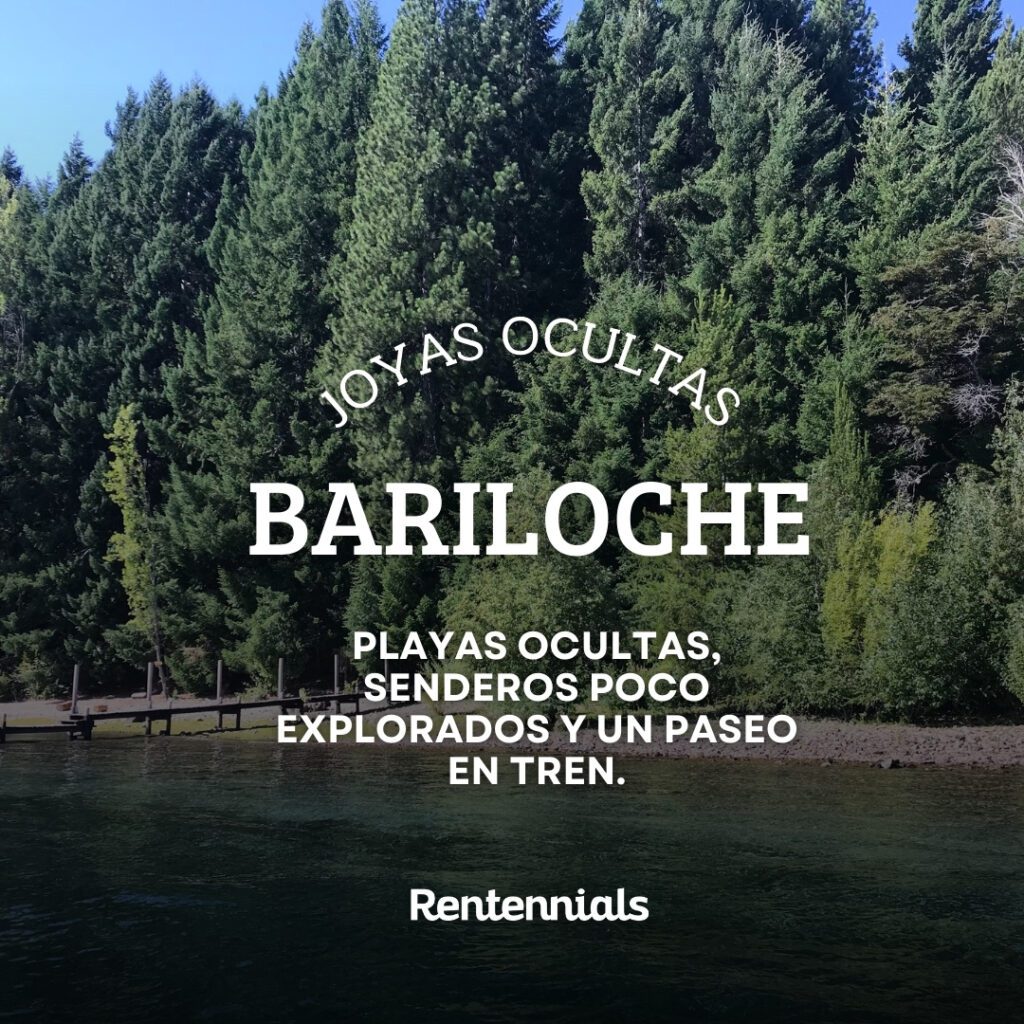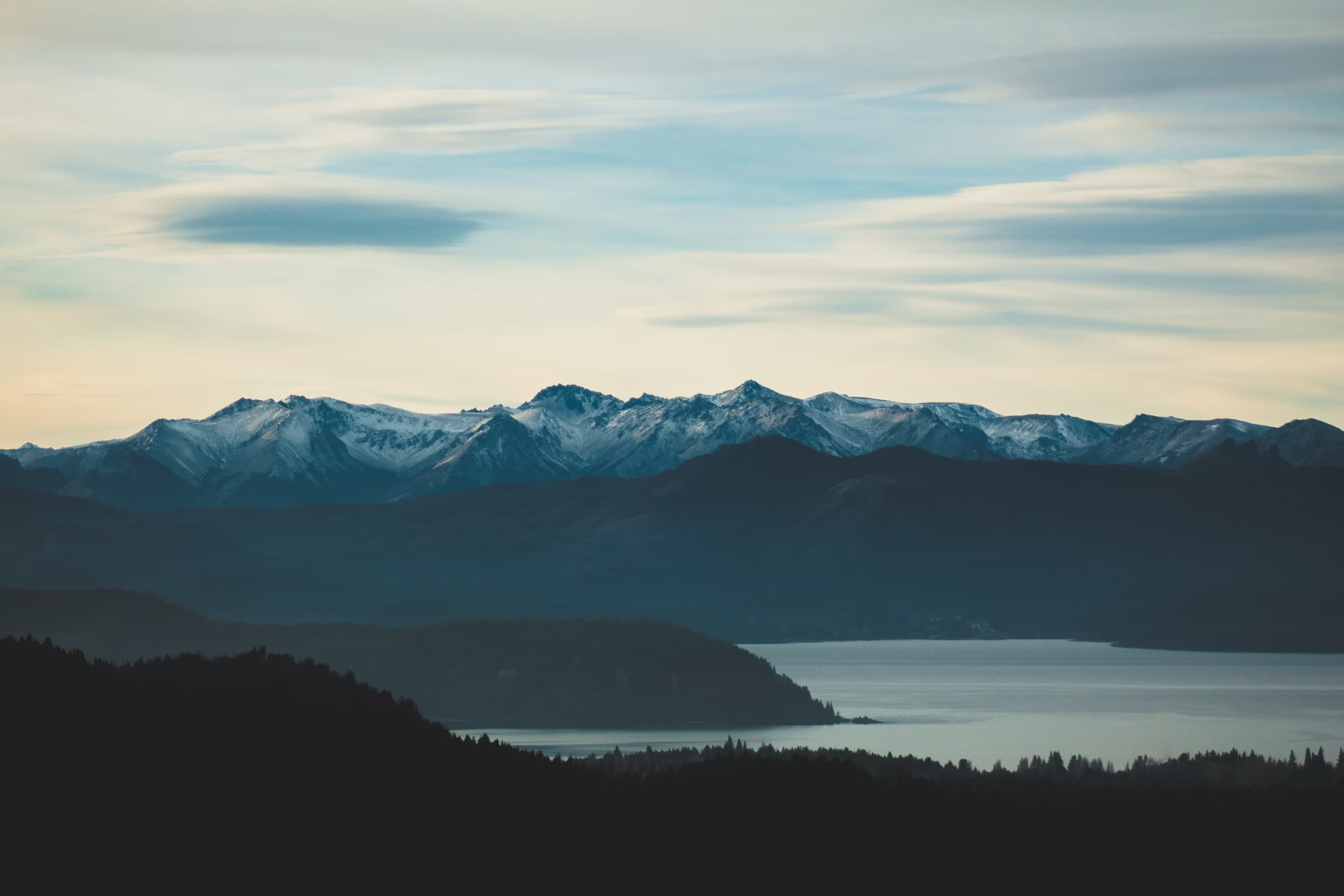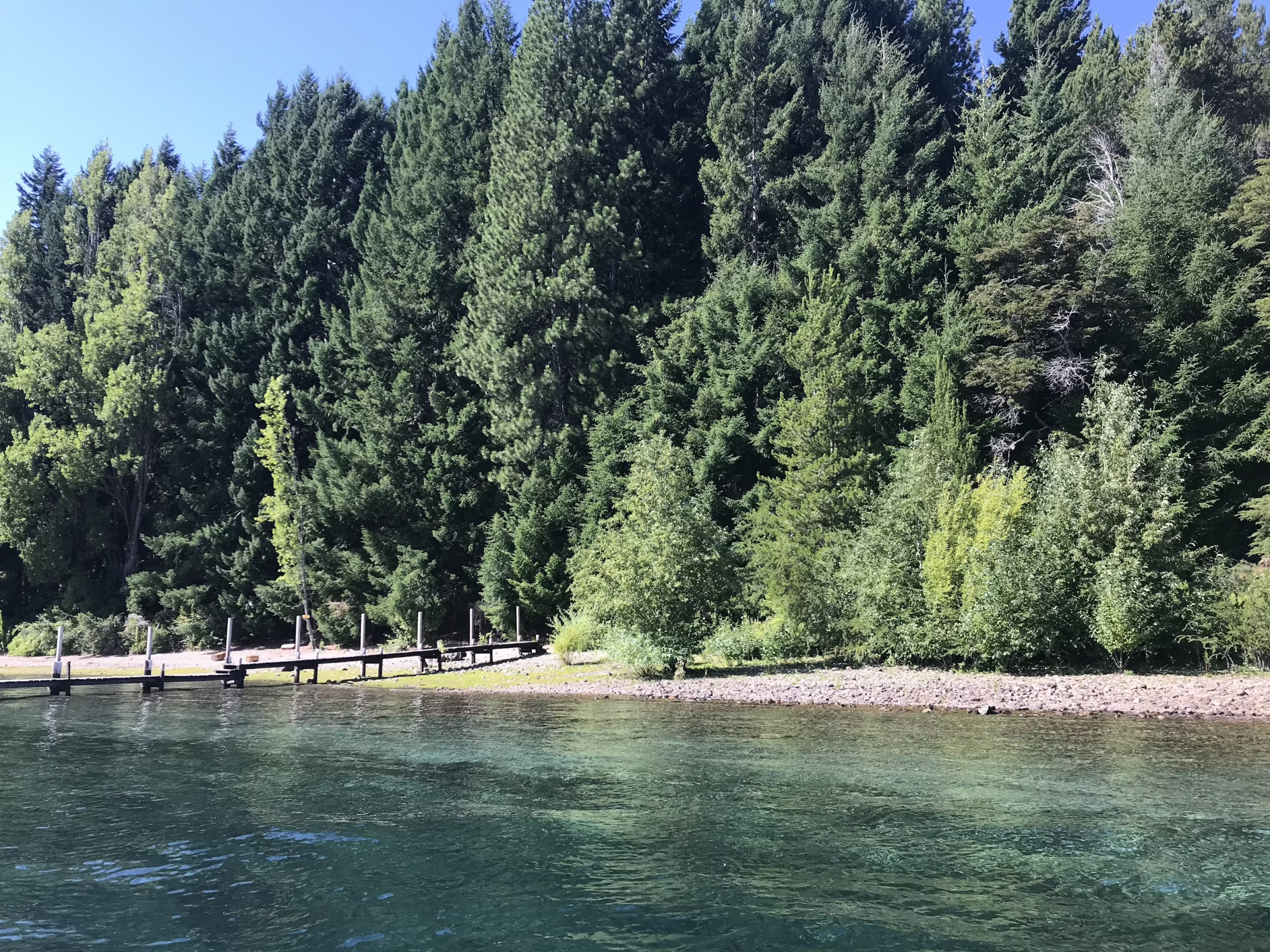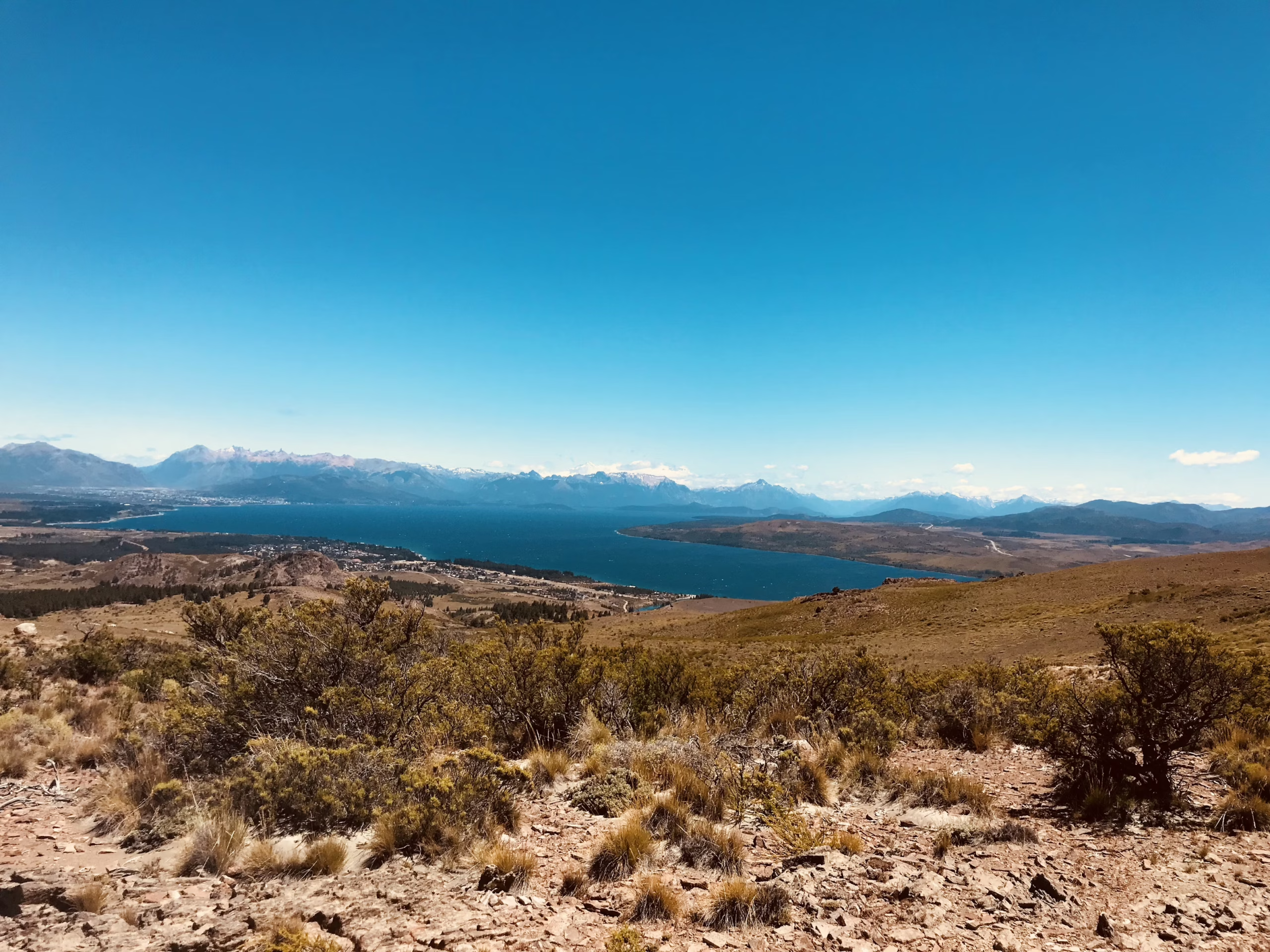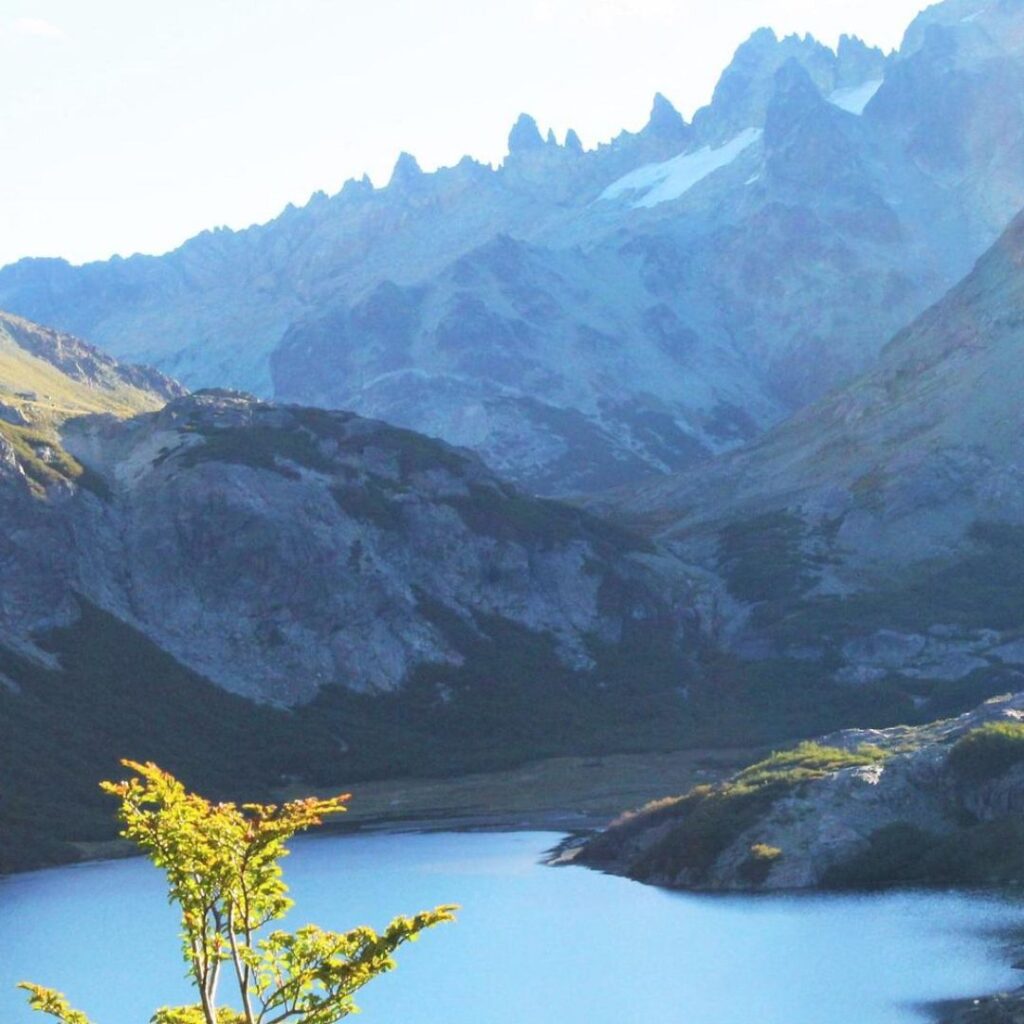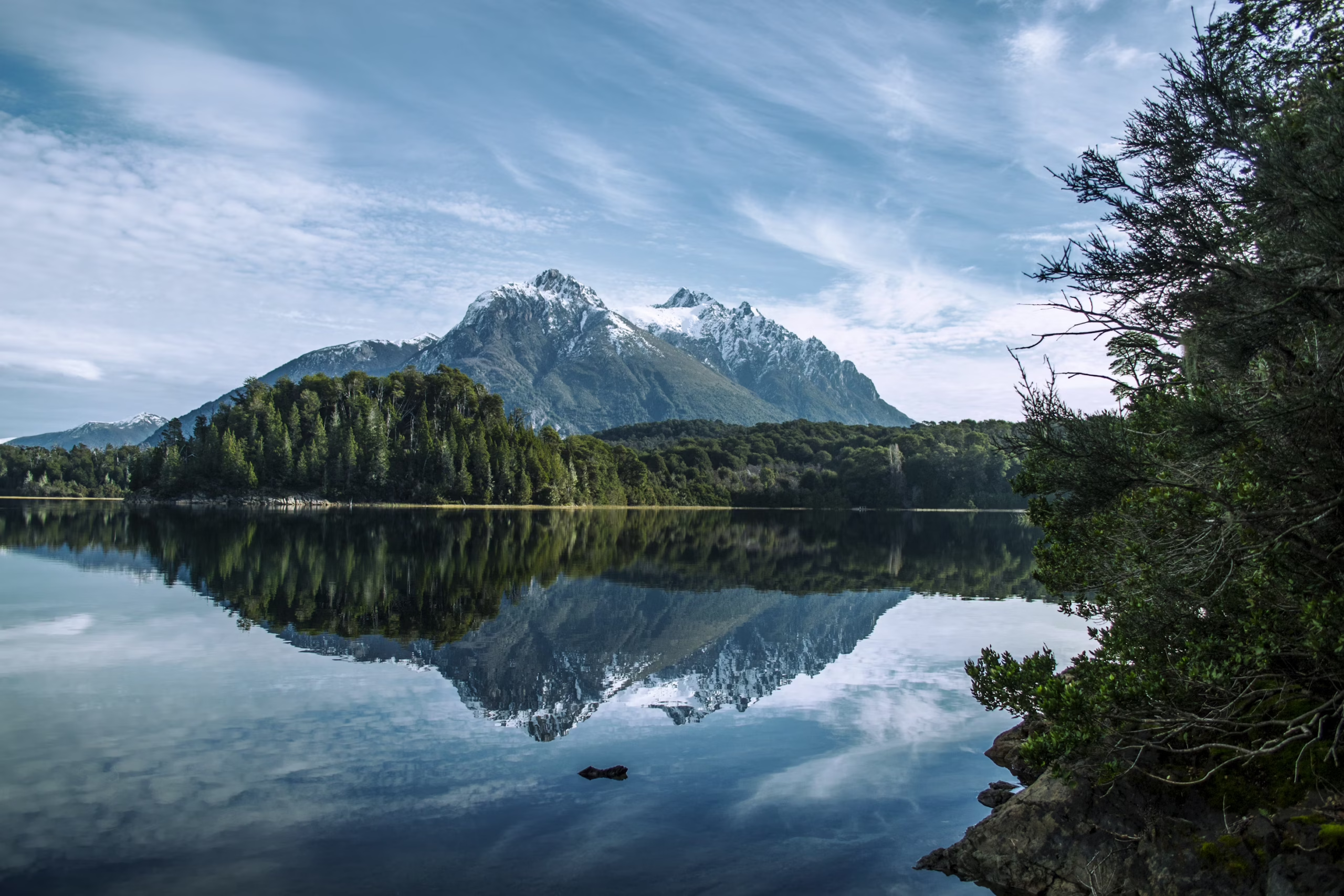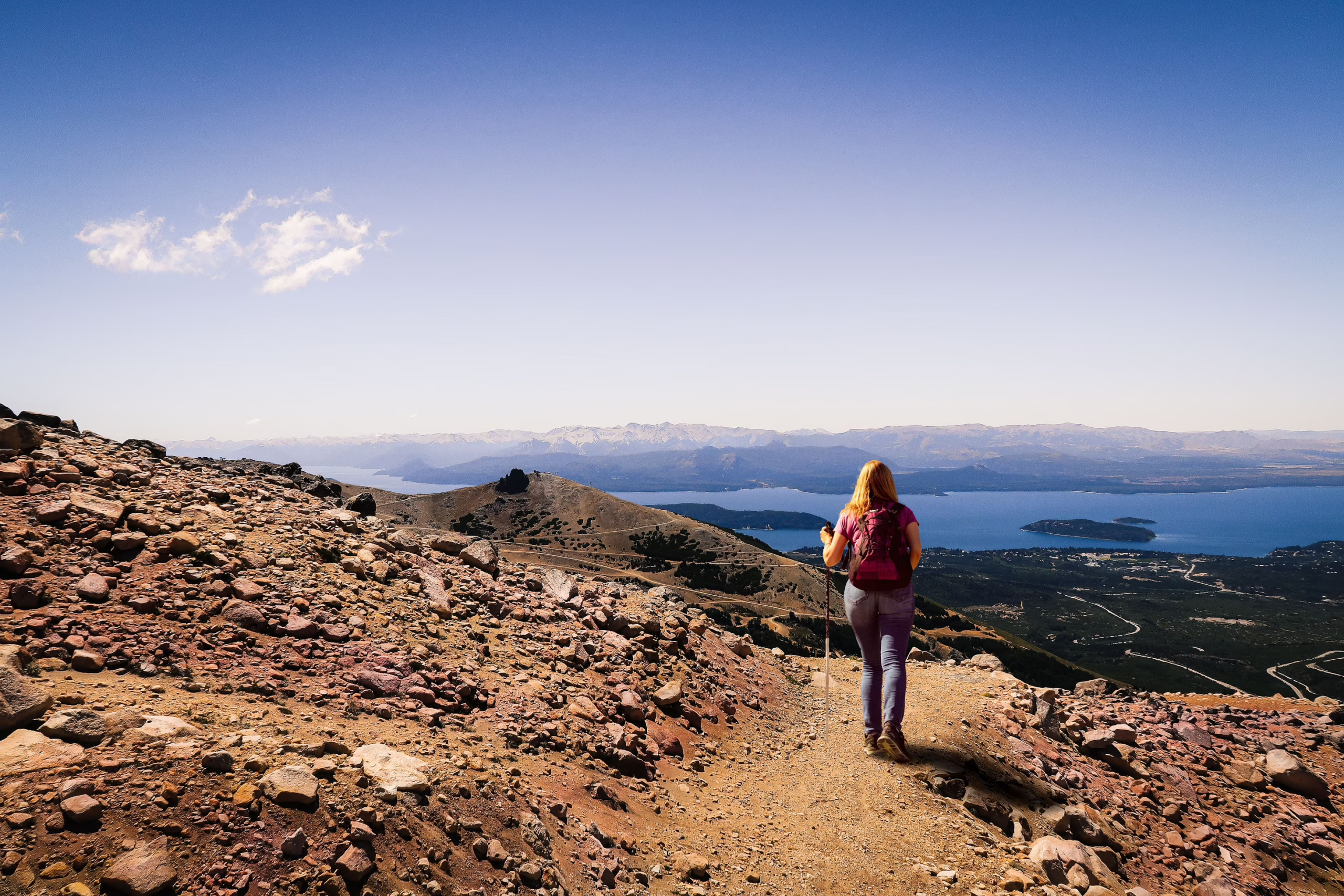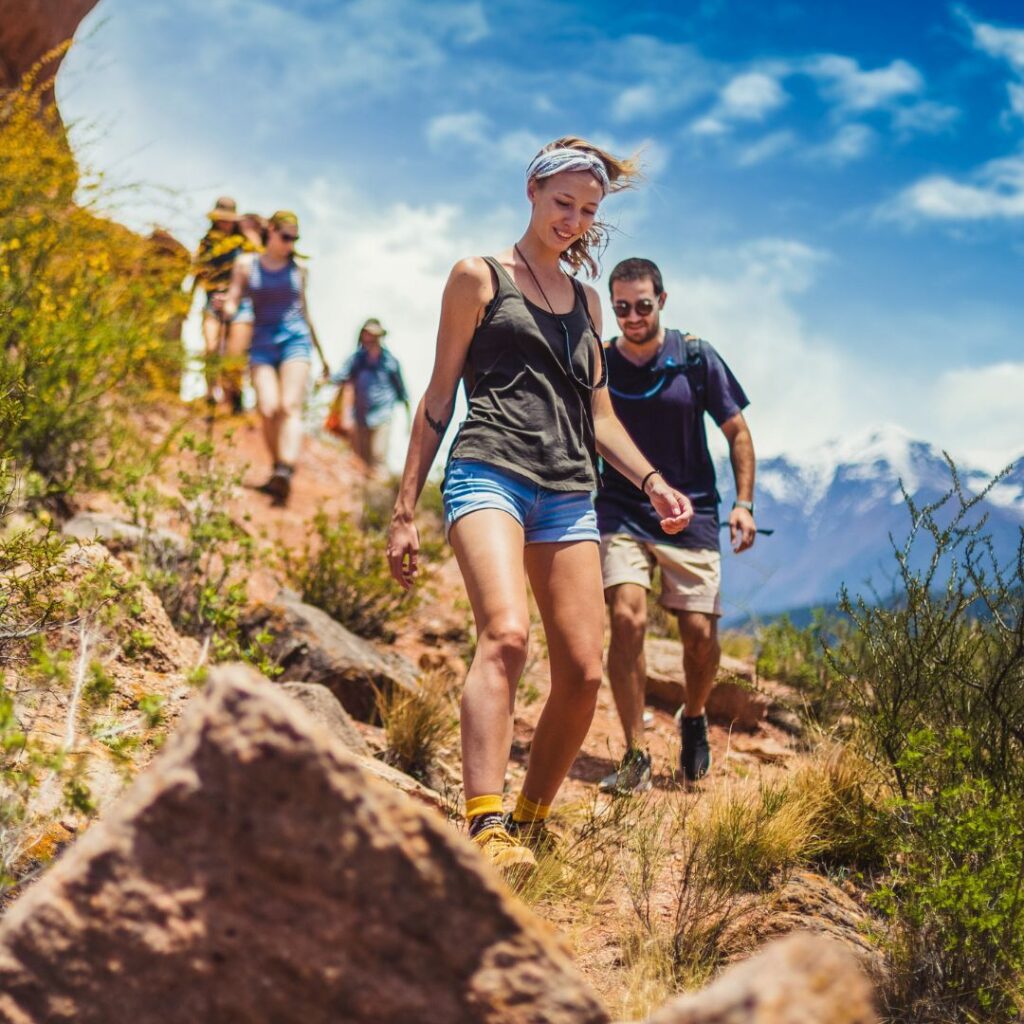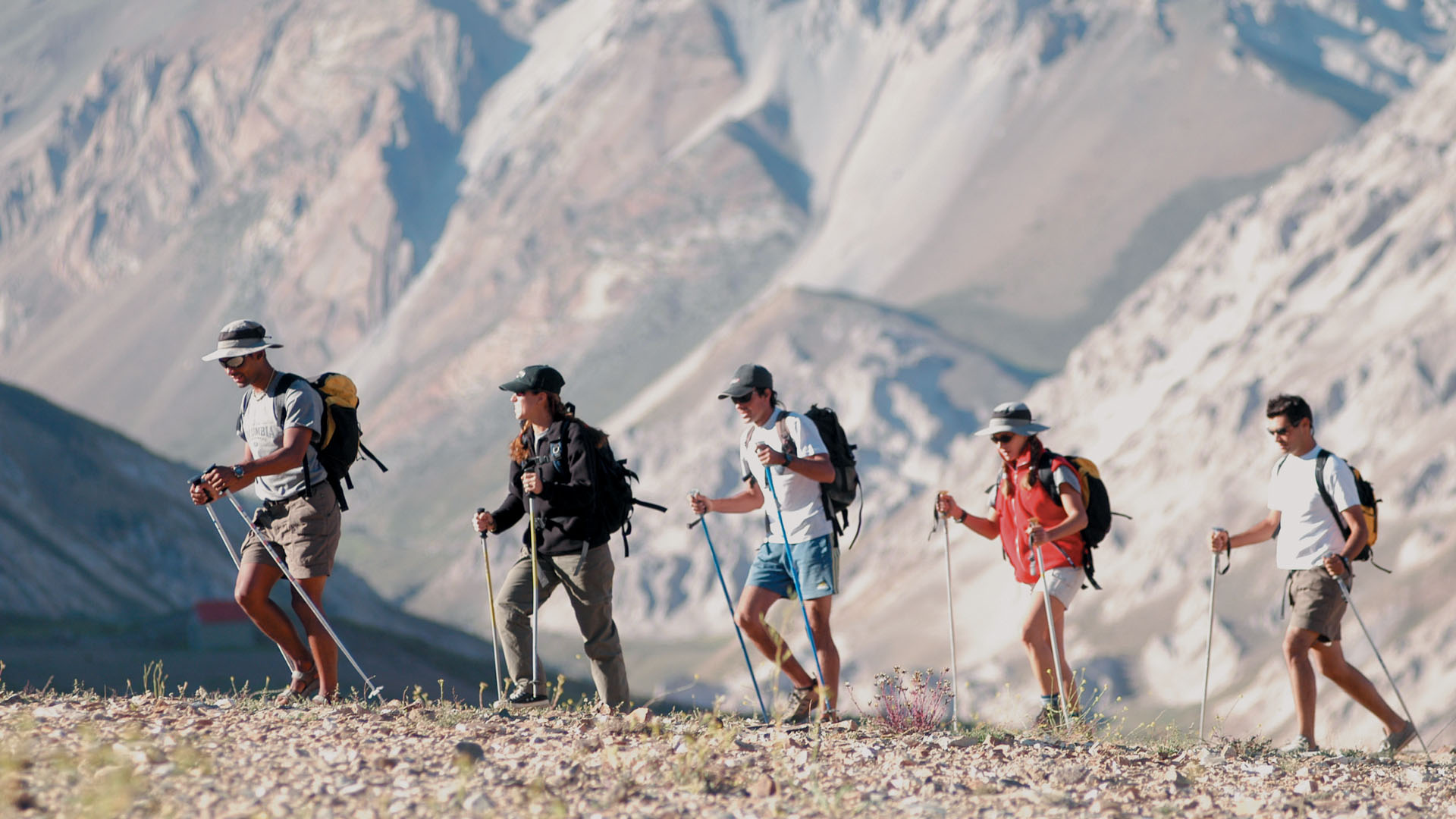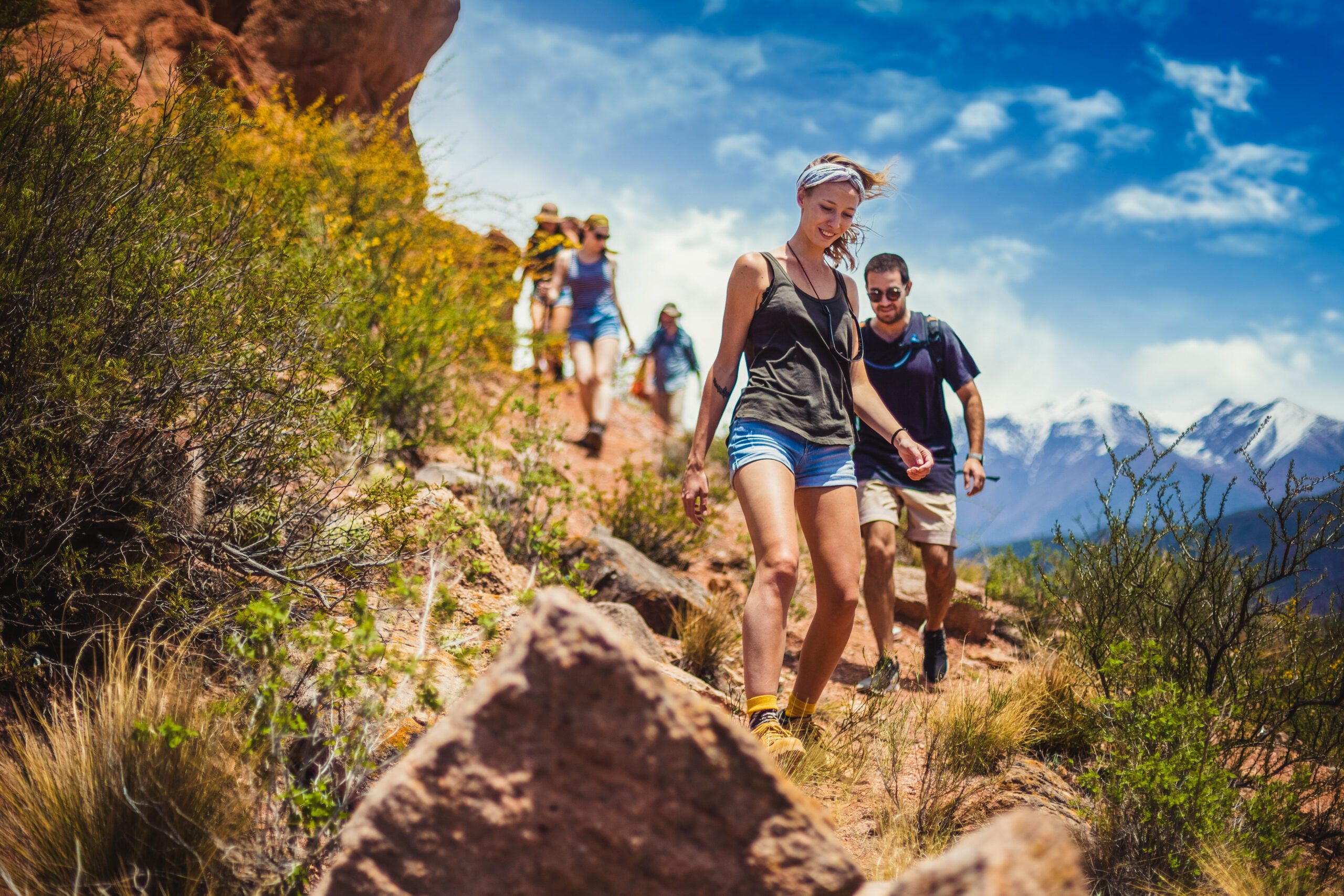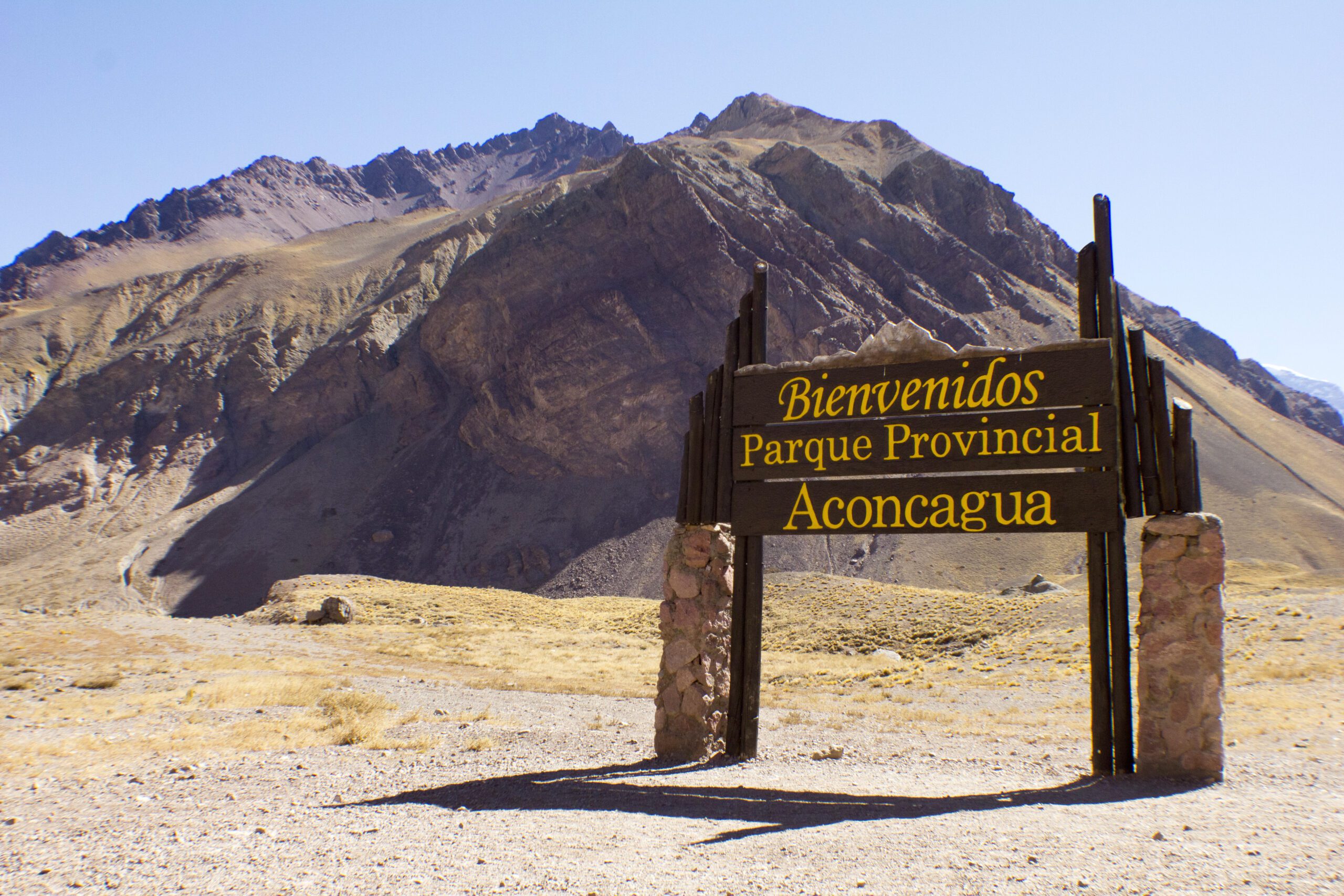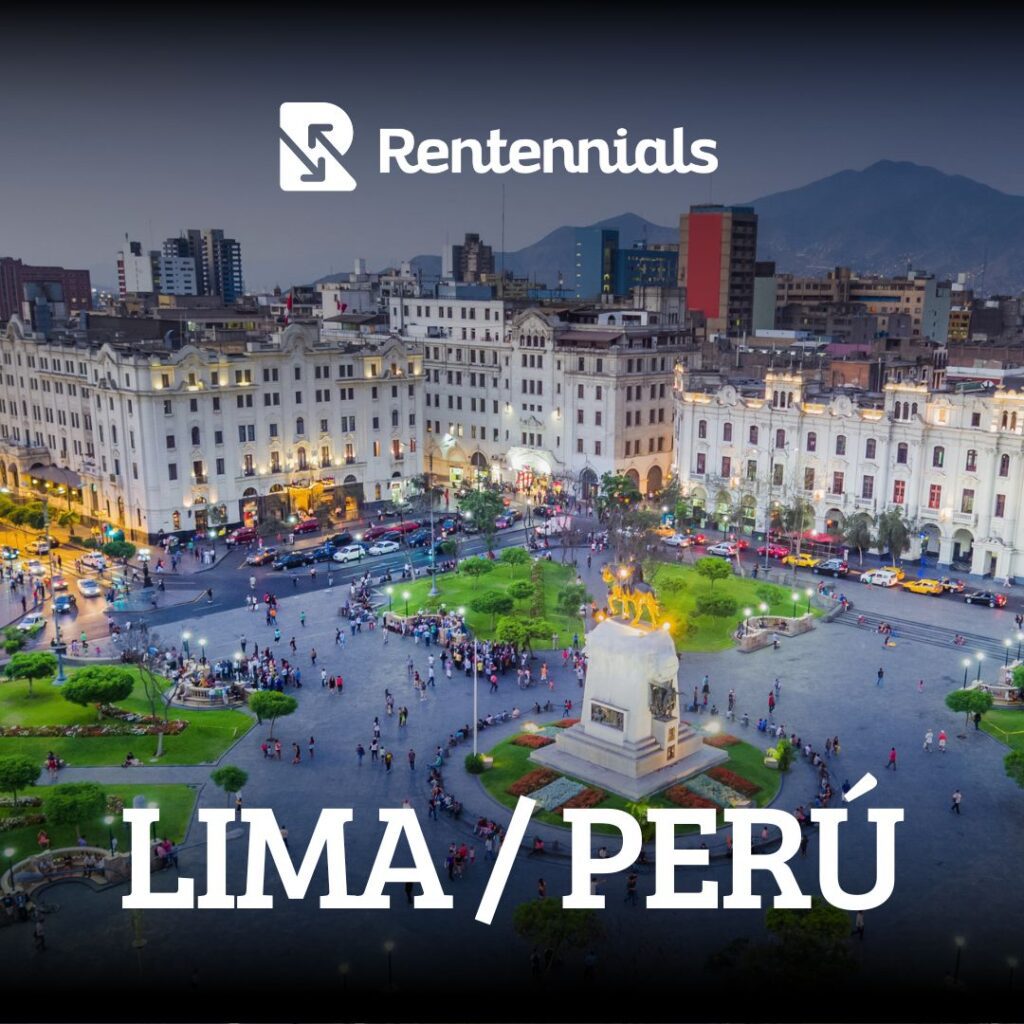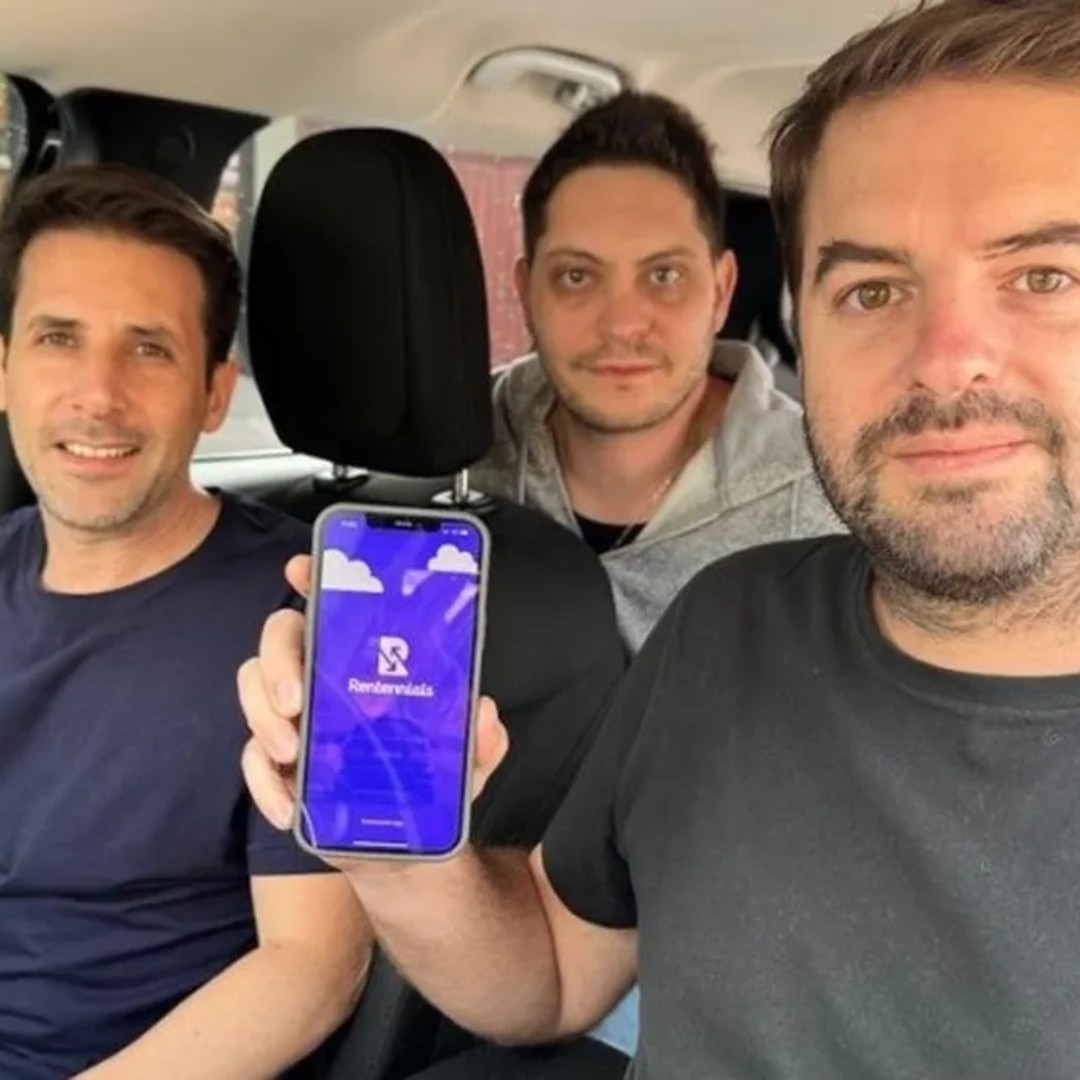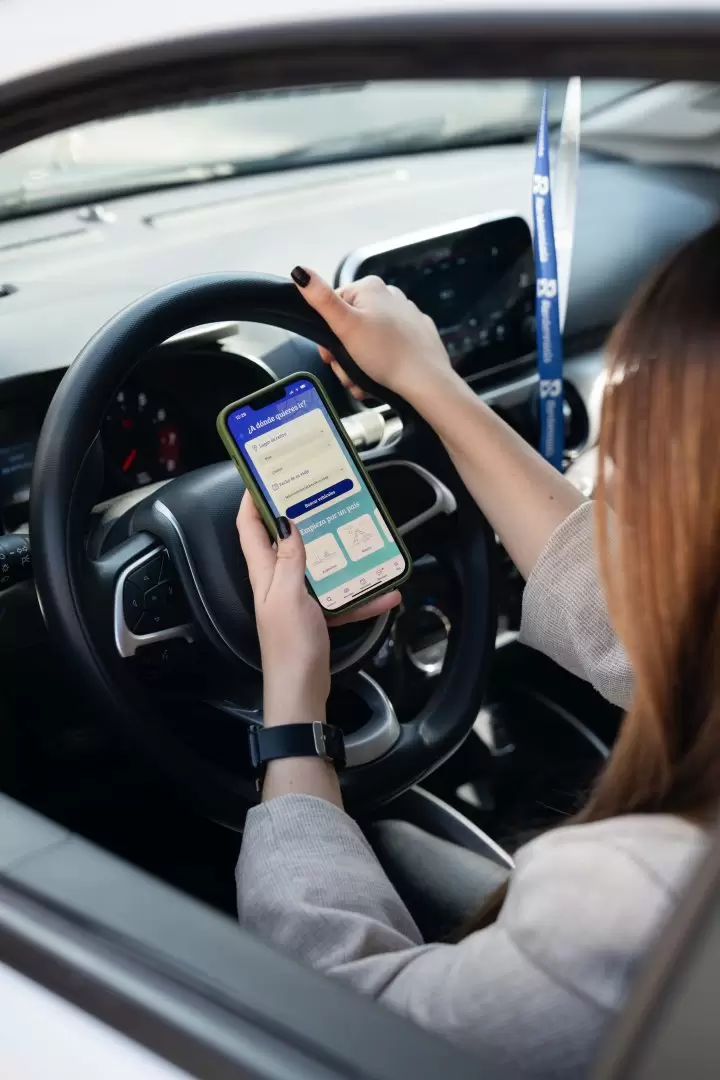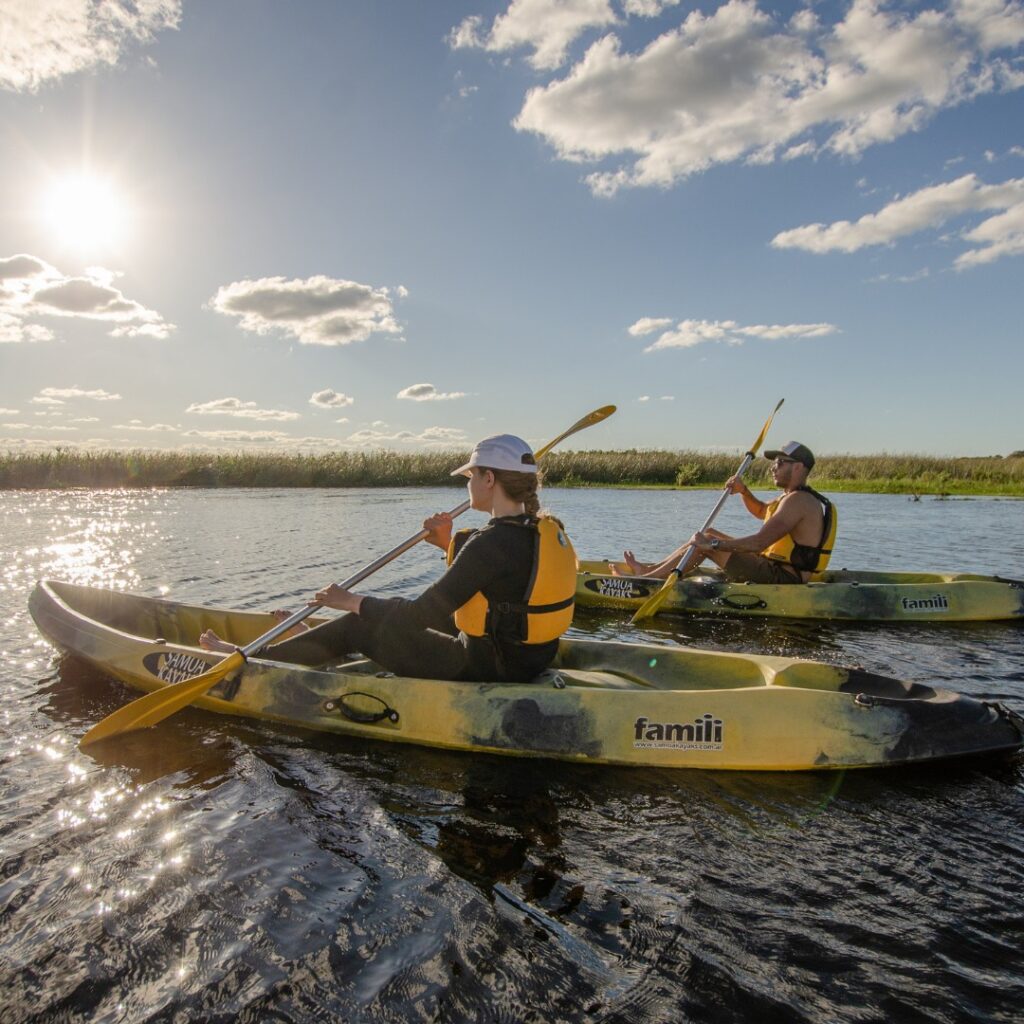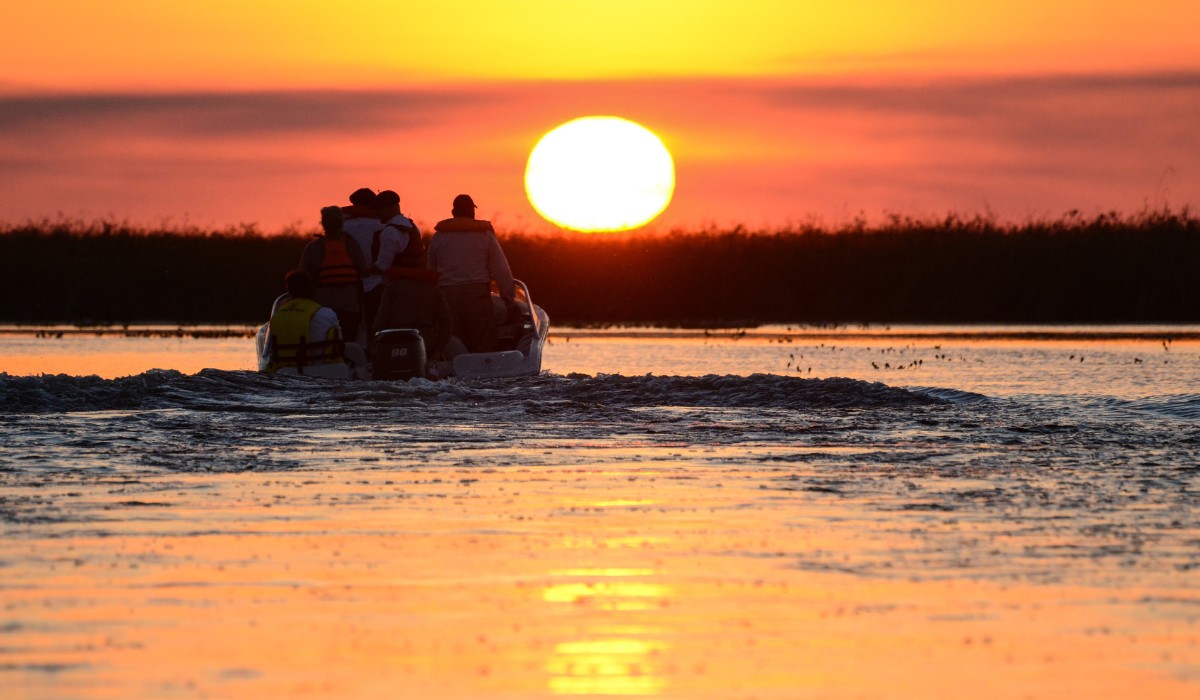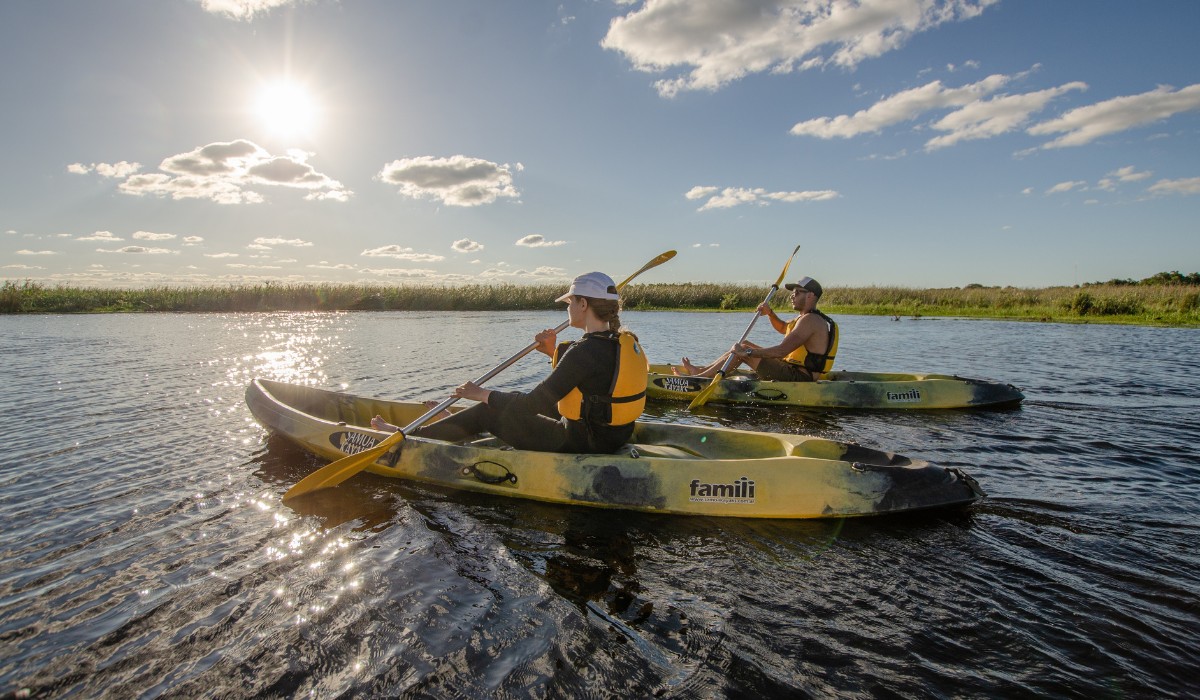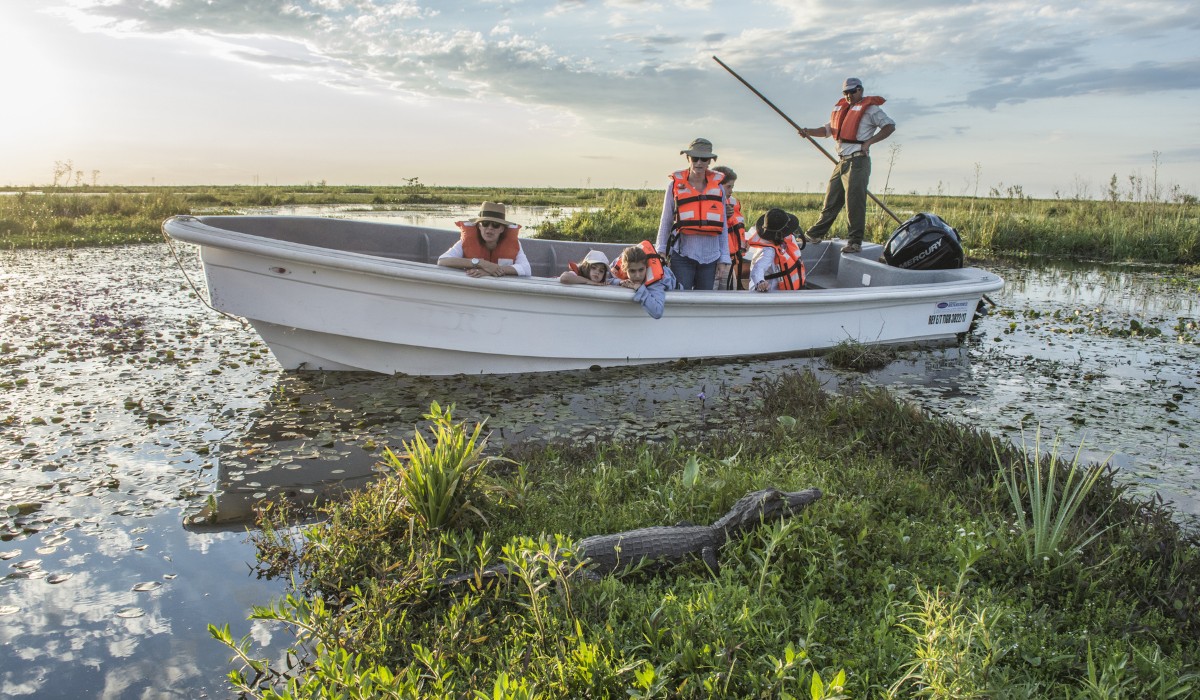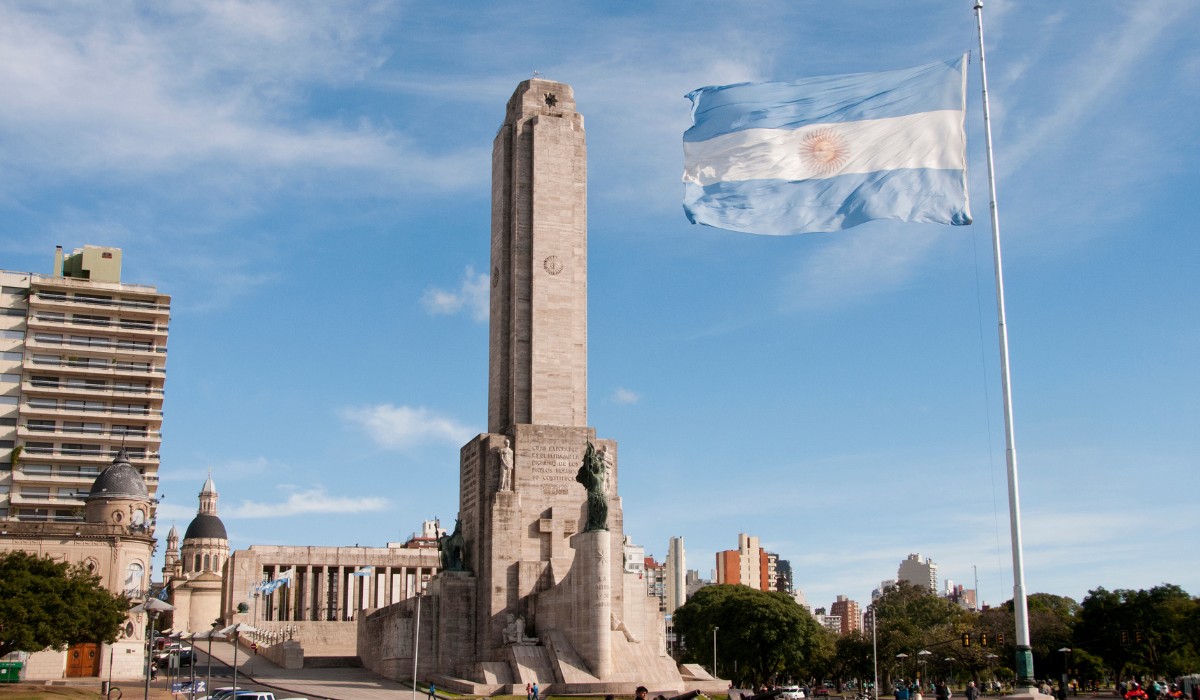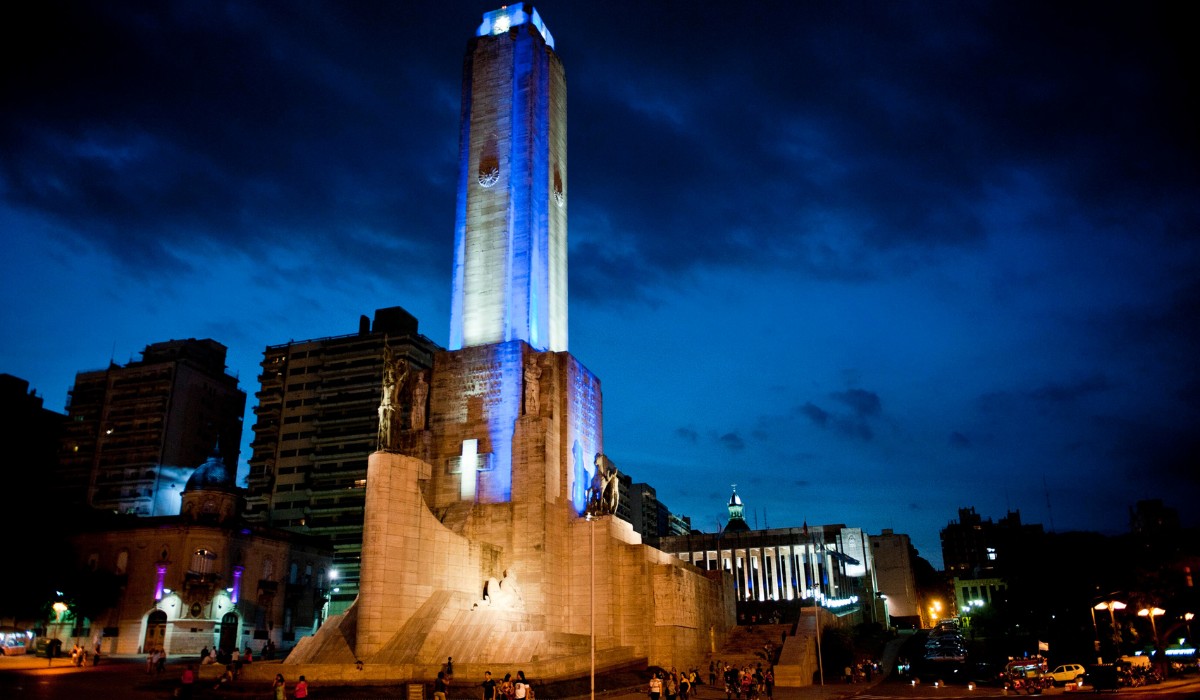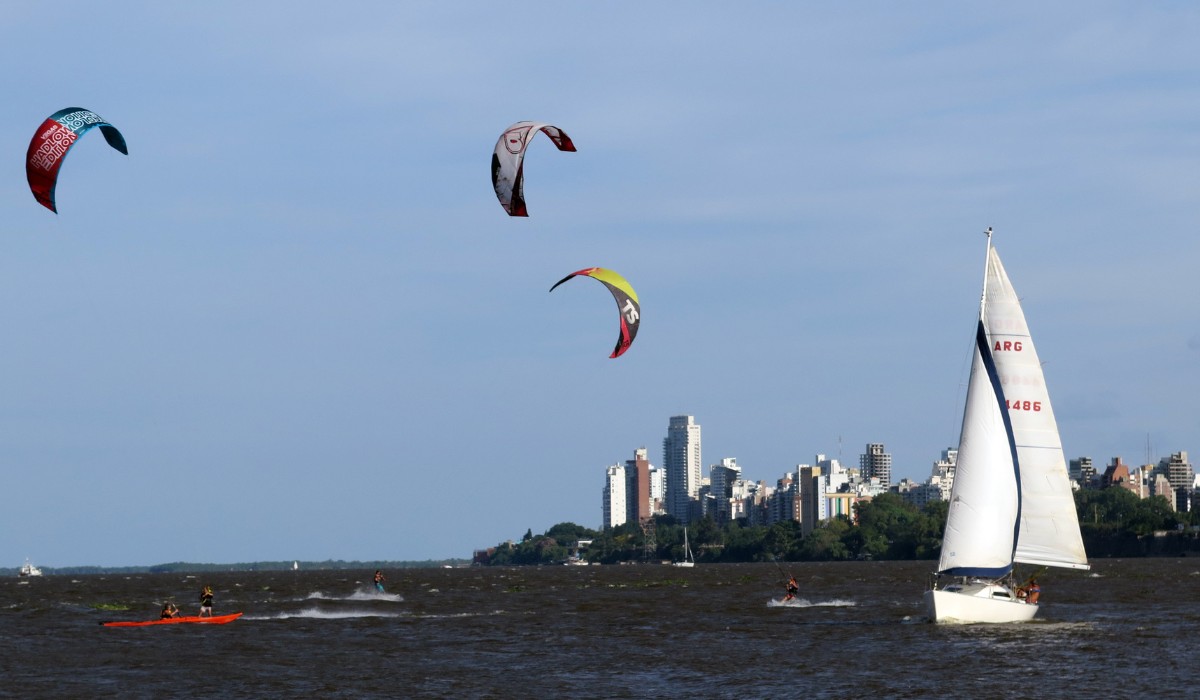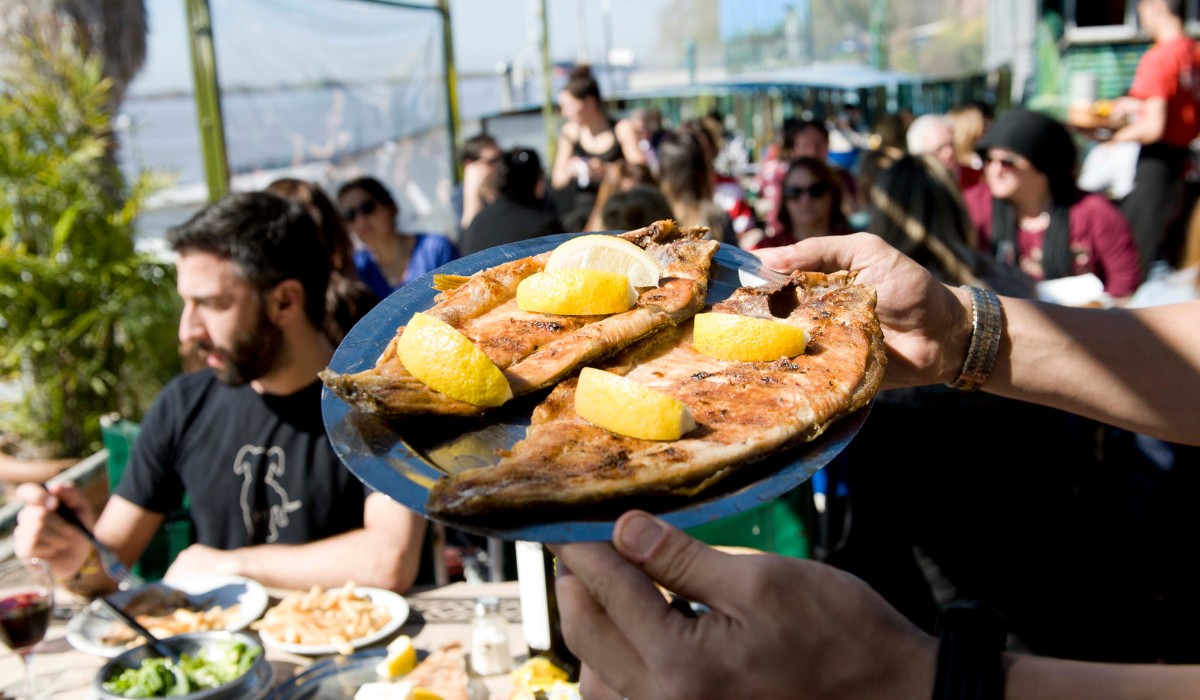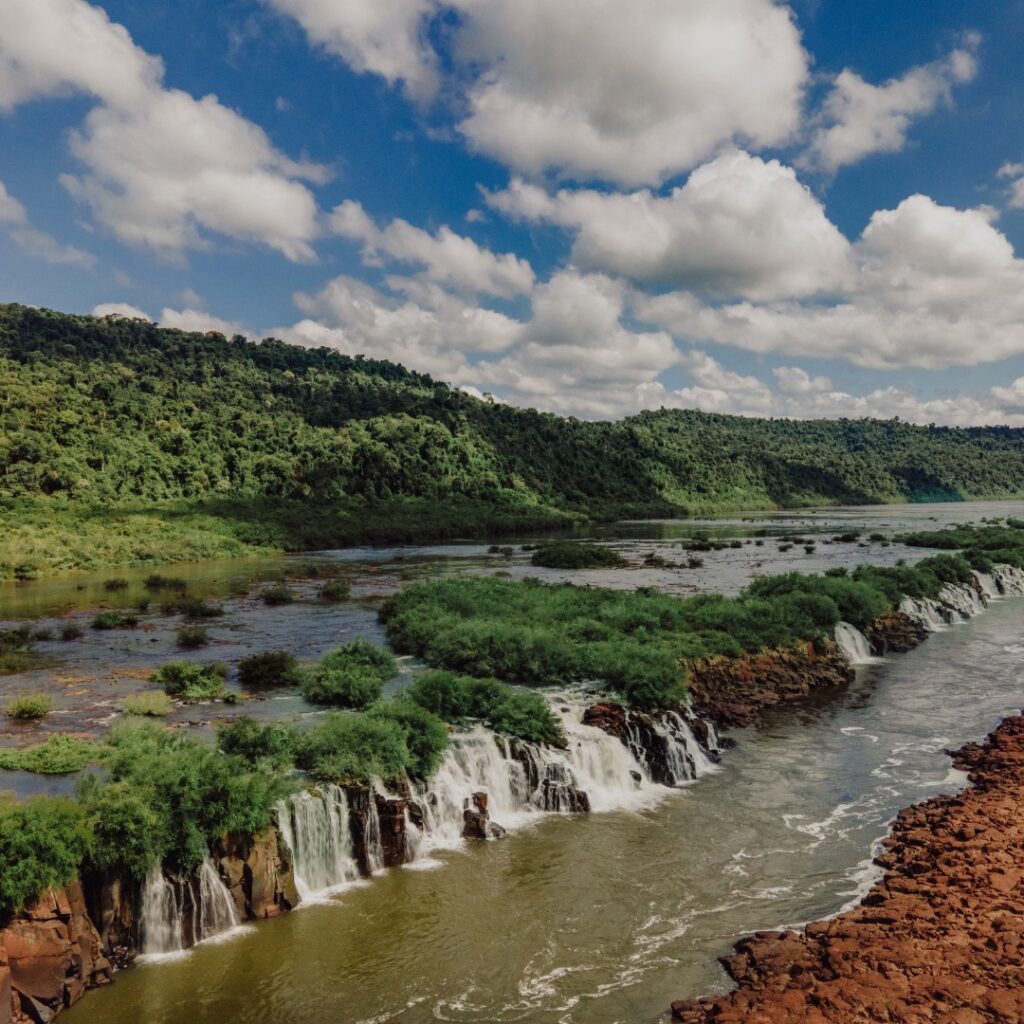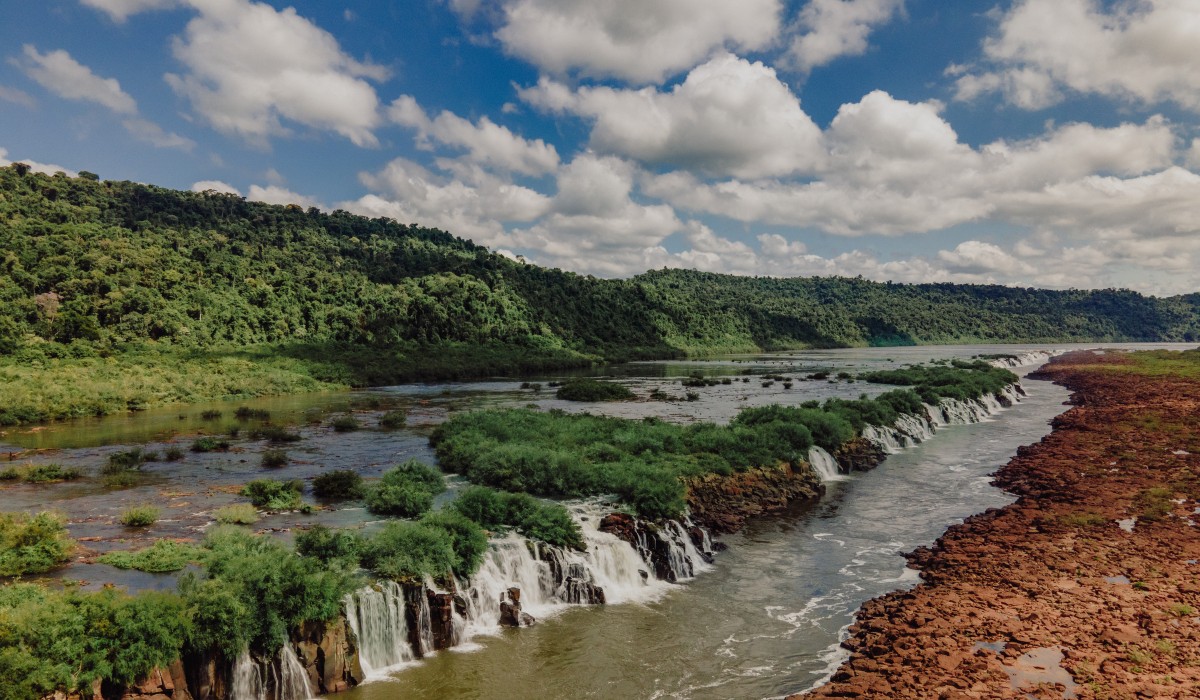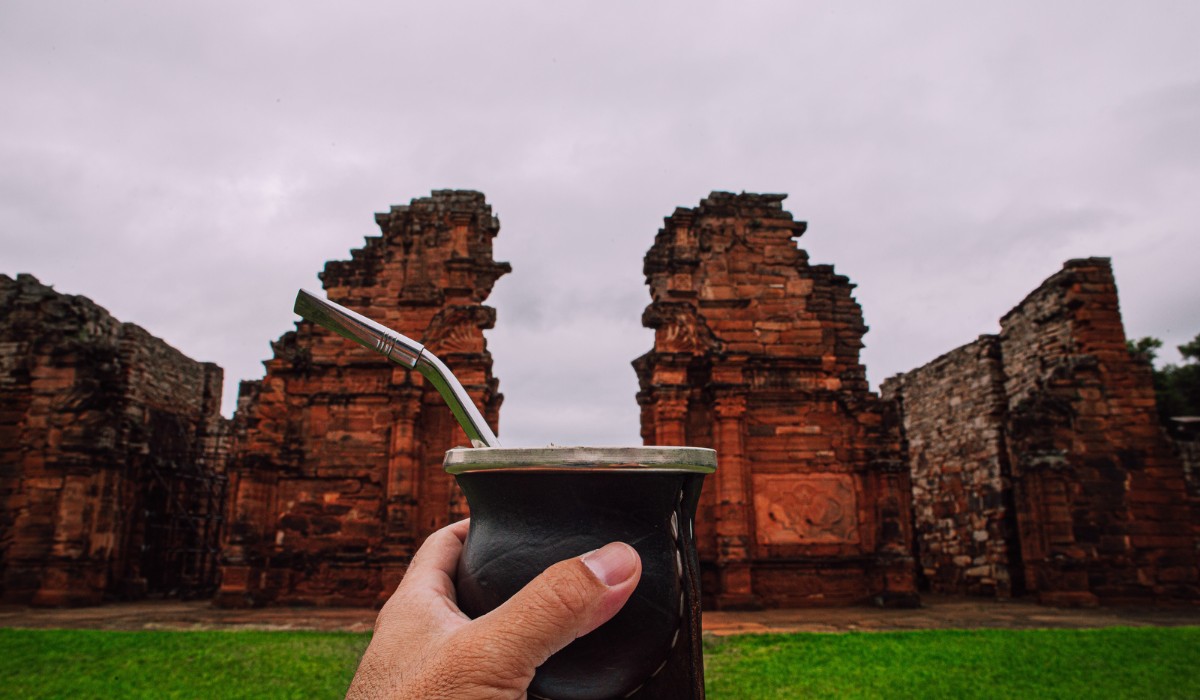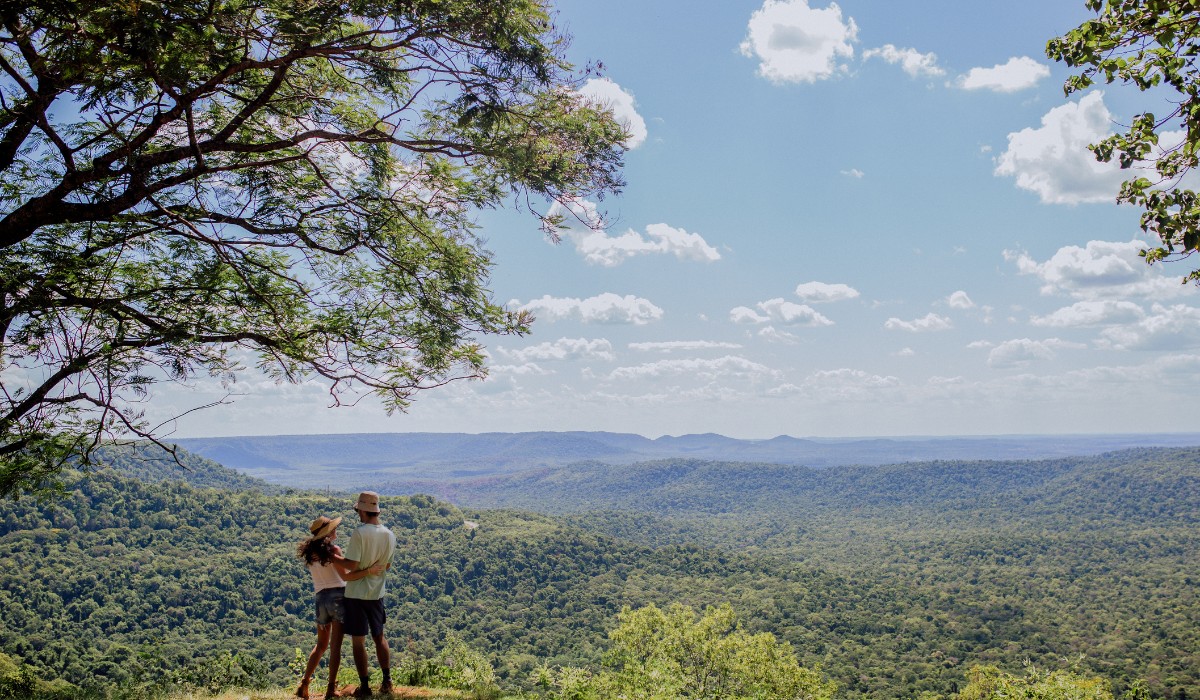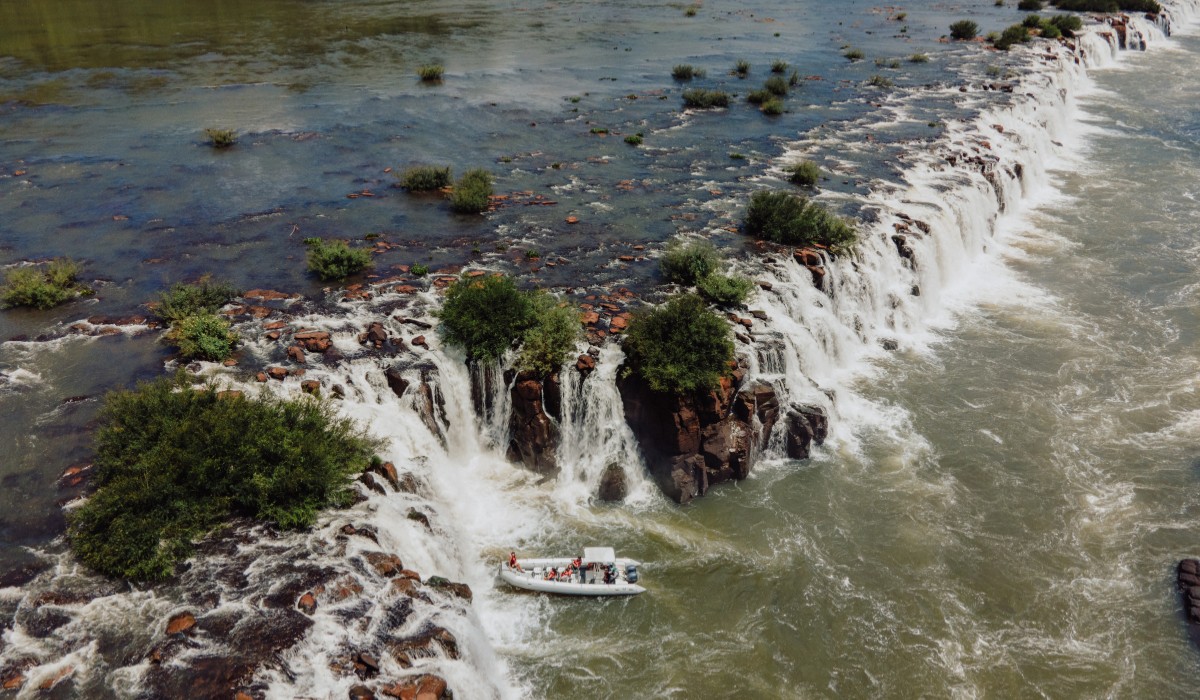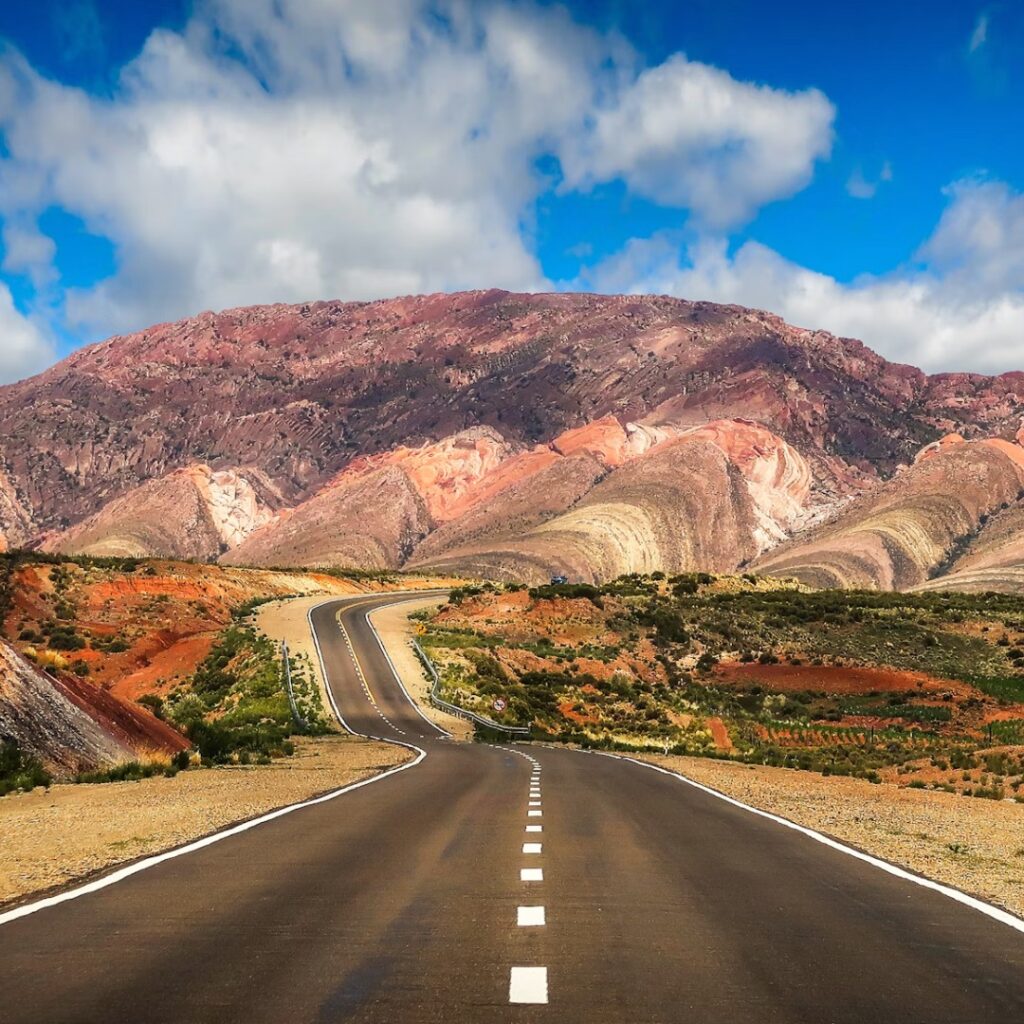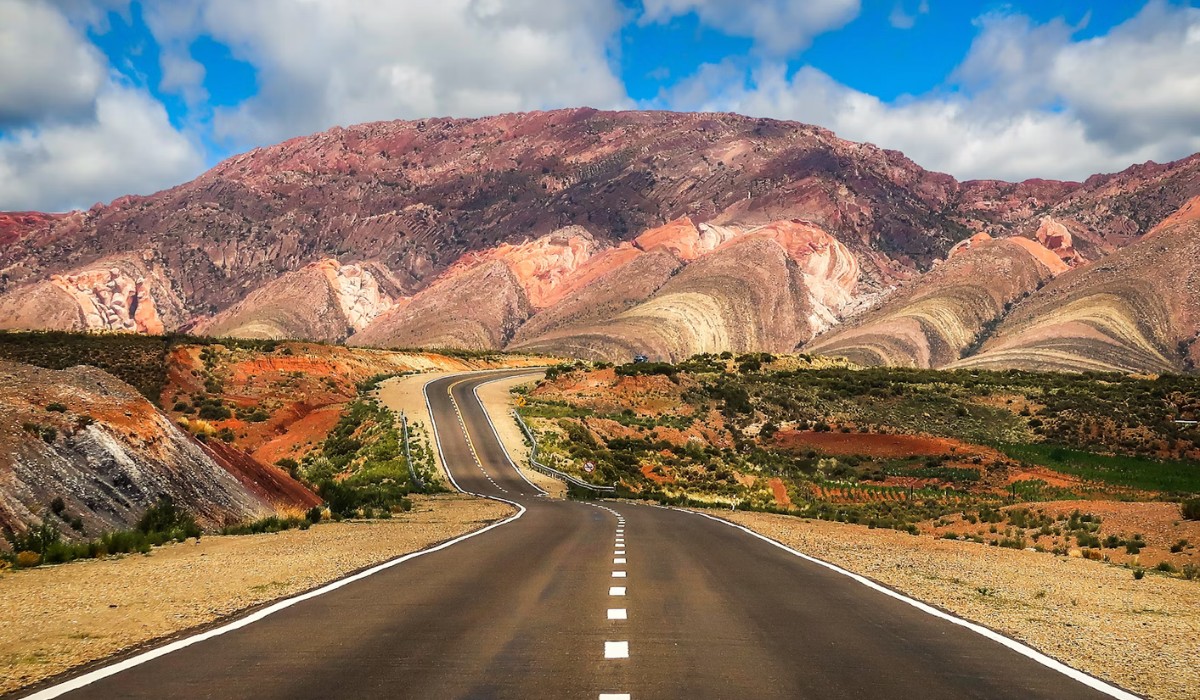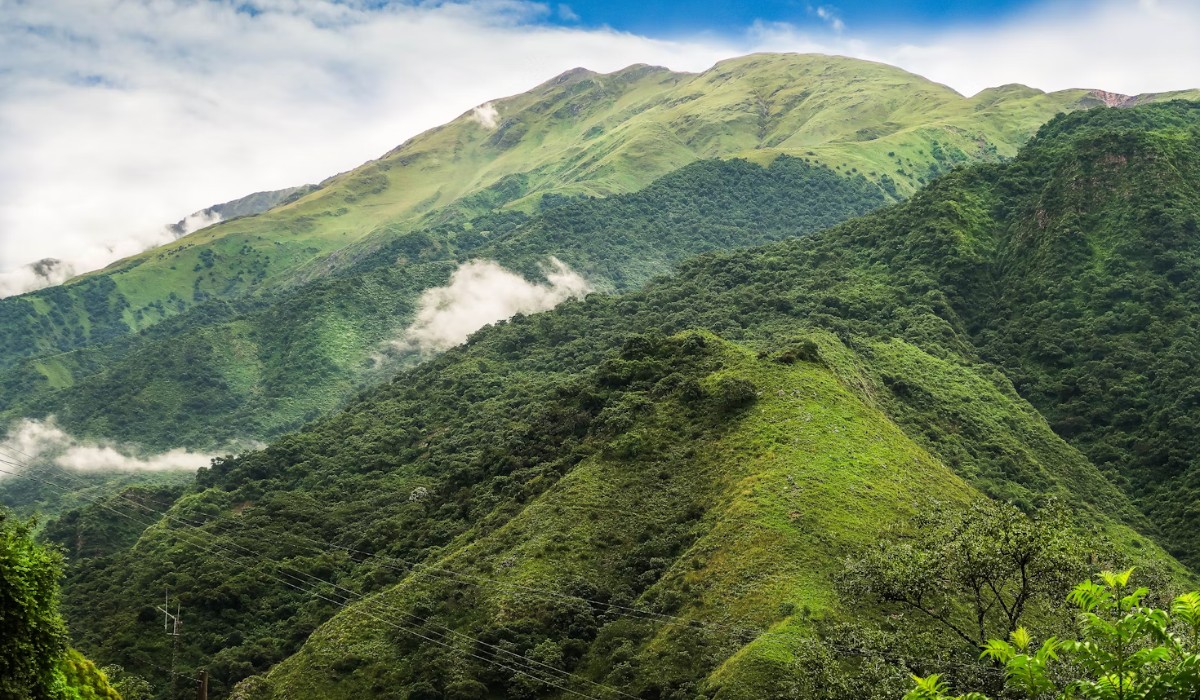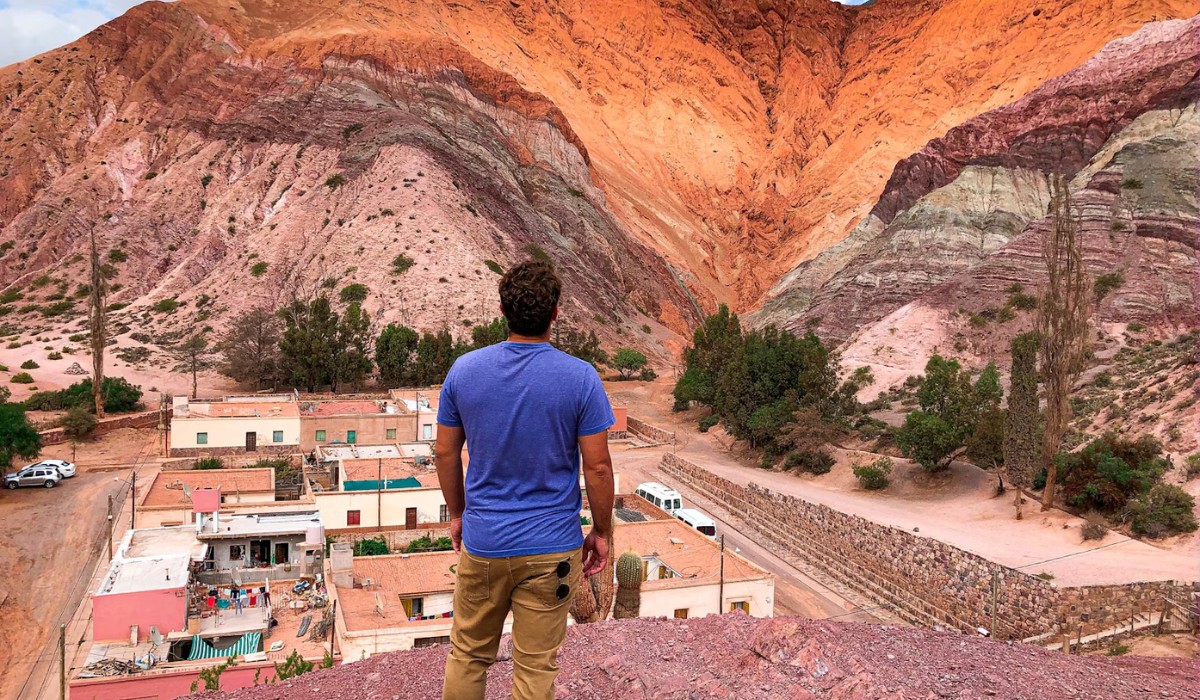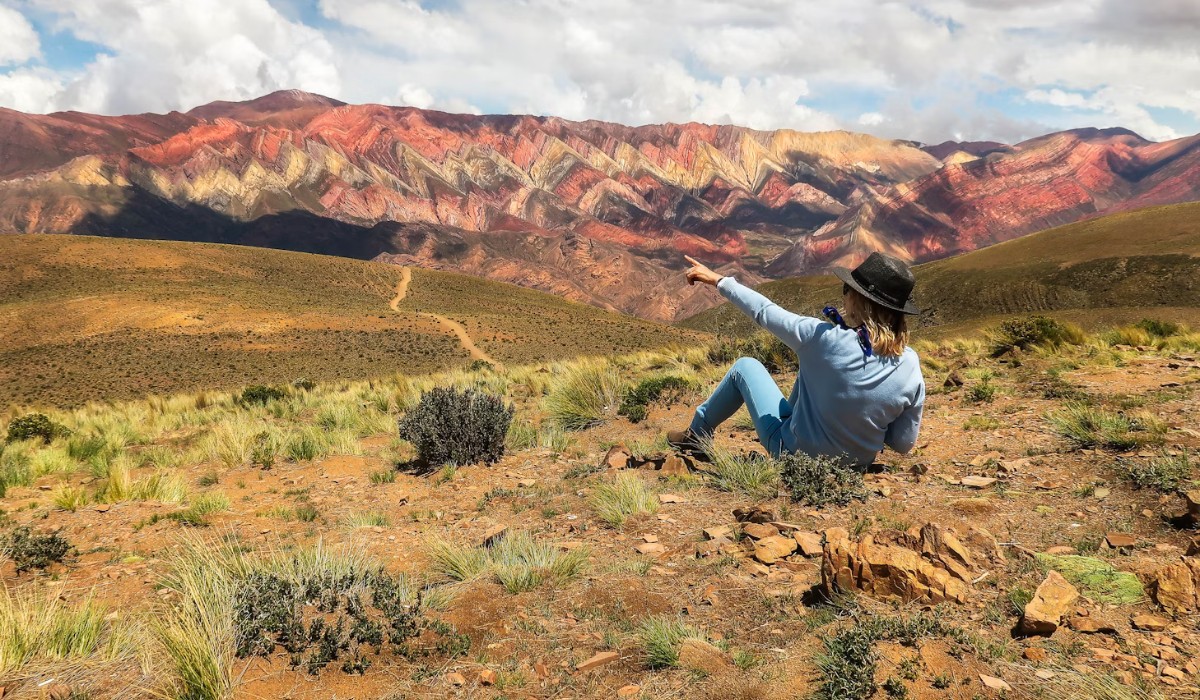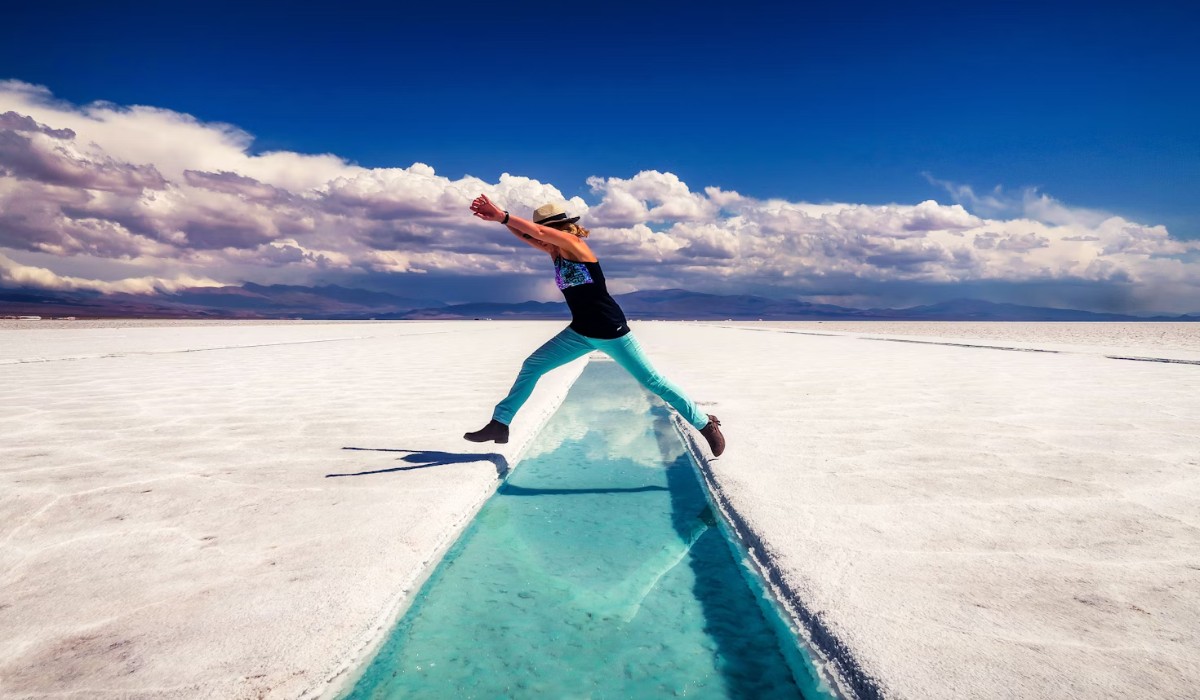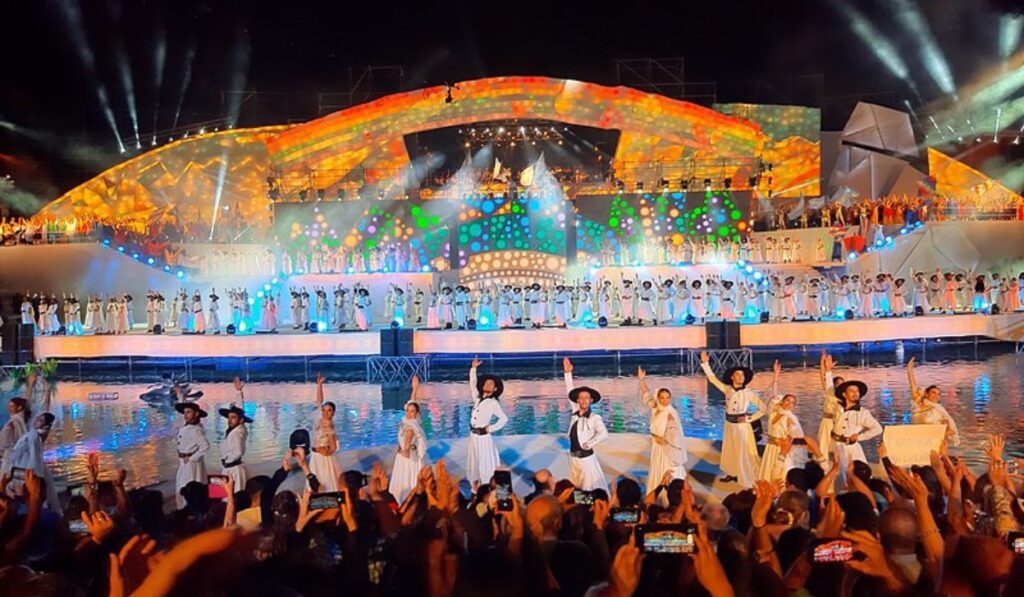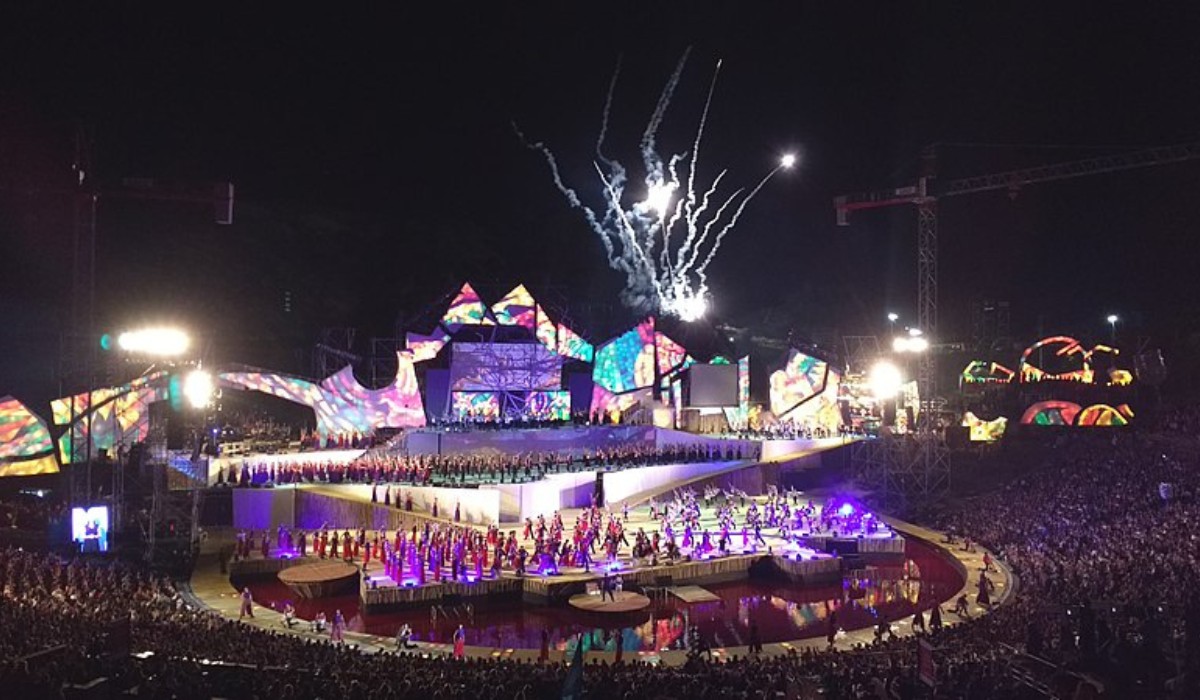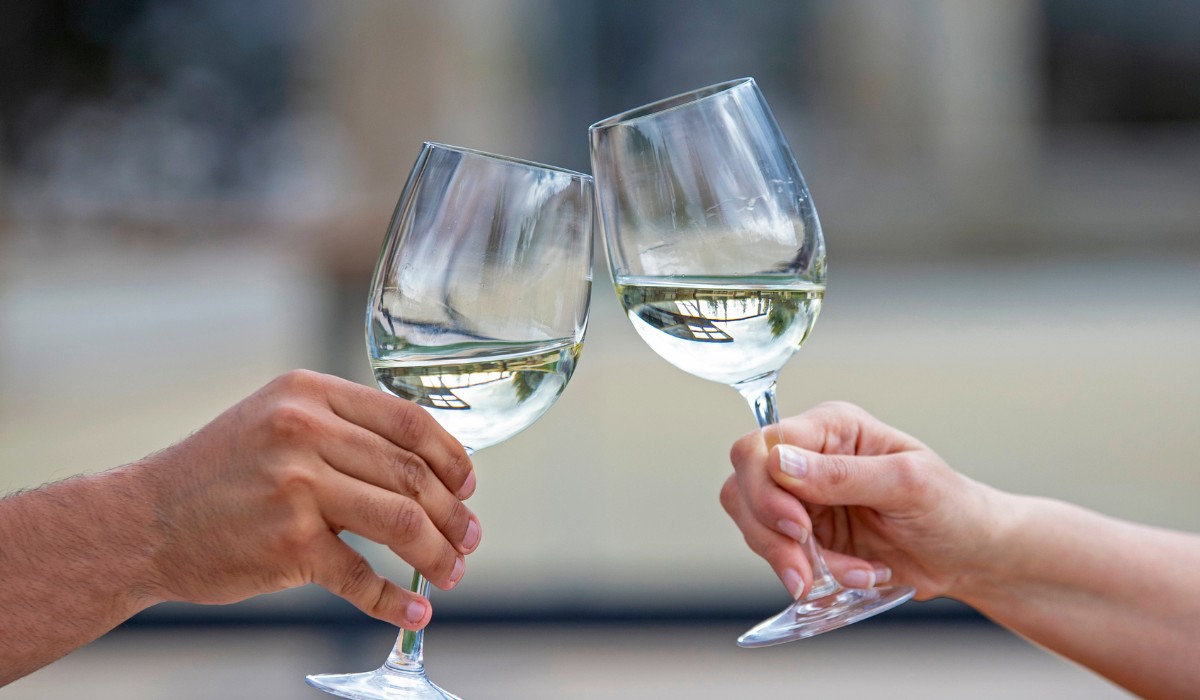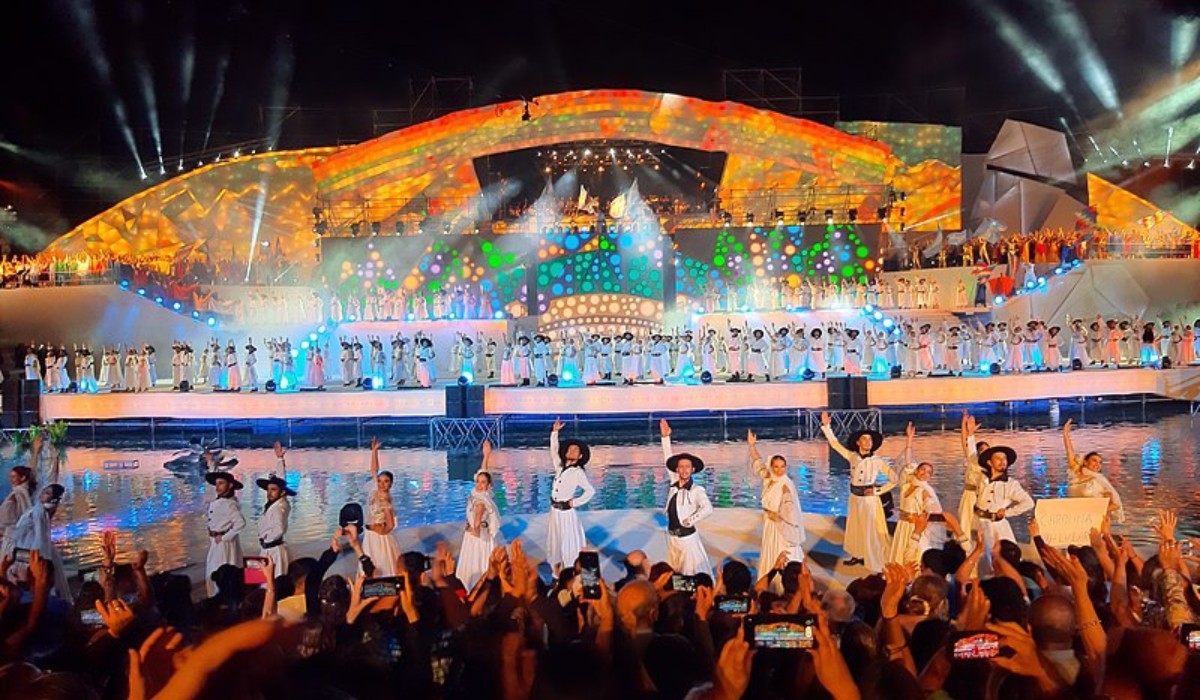Discover Mendoza’s hidden gems and lesser-known spots.
Explore the hidden corners of Mendoza and live unique experiences.
Exploring Mendoza is like opening a box of surprises. Sometimes it feels like we’ve already seen it all, but there are still hidden corners waiting to be discovered. In Mendoza, you’ll always find its most famous attractions: the country’s top wineries, mountain treks through the Andes, and thrilling adventure experiences. But that’s not all — the best part is that Mendoza always has something more to reveal.
If you dare to go beyond Mendoza’s classics, you’ll find a lagoon surrounded by mountains, a salt flat near San Rafael, and even a reserve with inactive volcanoes. Argentina is vast and beautiful, and Mendoza is one of those provinces with a lesser-known “B side.”
At Rentennials we want you to explore Mendoza and Argentina your own way — discovering new places and reaching the hidden gems each destination has for you.
Laguna del Diamante, a unique landscape near San Carlos
A mirror-like body of water surrounded by mountains that makes the landscape breathtaking. For those who love sport fishing or wildlife and bird watching, Laguna del Diamante is the perfect destination. Its difficult access means few people make it there, making it one of Mendoza’s best-kept secrets.
Laguna del Diamante Nature Reserve
Laguna del Diamante is one of many protected natural areas in Mendoza created to preserve the environment. Located more than 3,000 meters above sea level, this body of water lies at the foot of the Maipo Volcano. The reserve protects diverse ecosystems, including Andean valleys and archaeological zones.
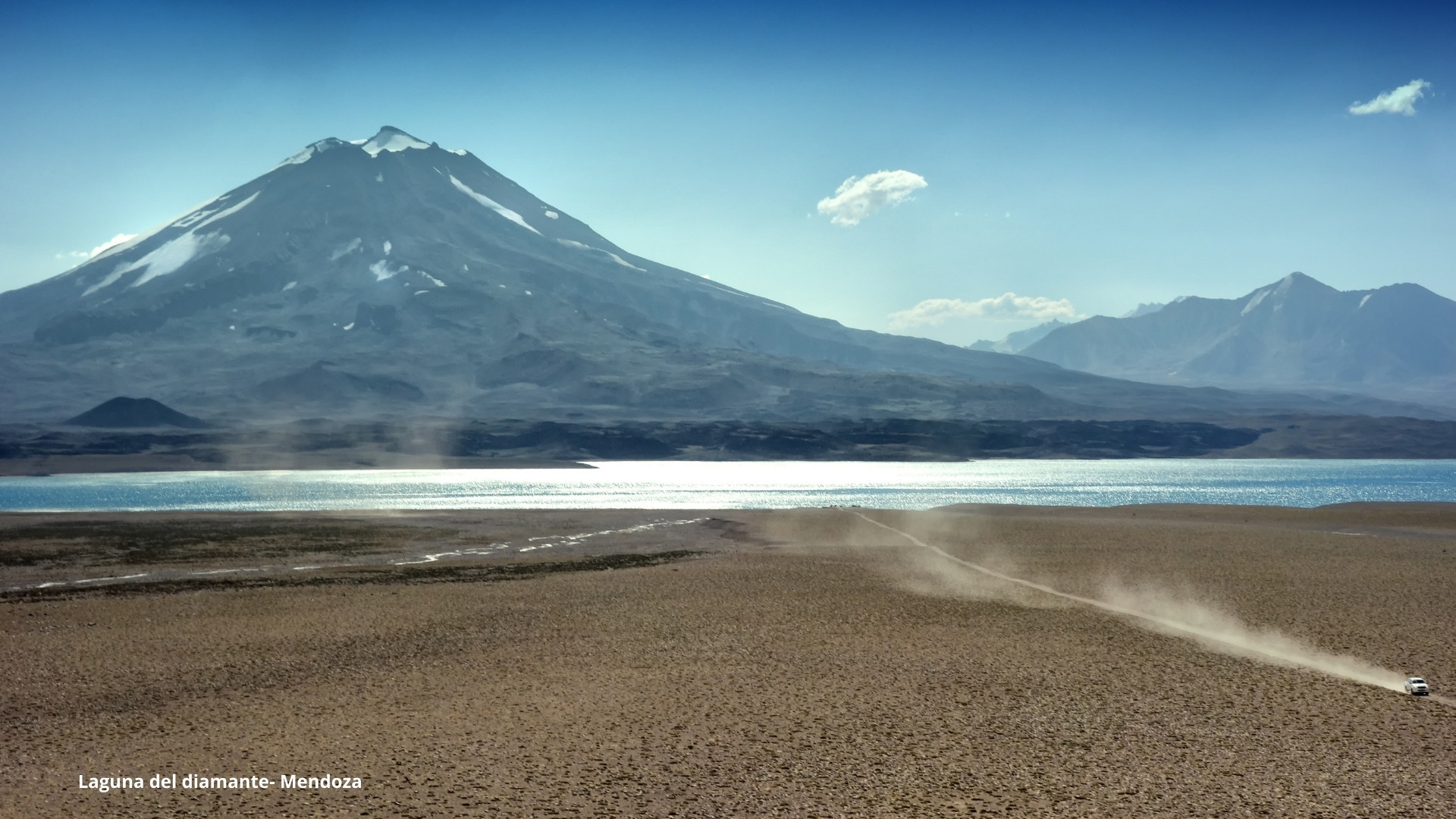
What to do at Laguna del Diamante
At Laguna del Diamante, you can enjoy outdoor activities surrounded by stunning mountains — from sport fishing and hiking along scenic trails to wildlife watching and even climbing the Maipo Volcano.
Can you camp at Laguna del Diamante?
Spending a few nights under the Andean stars is possible here. The reserve has designated camping areas on the western shore of the lagoon. Keep in mind there’s no potable water or supplies, so you’ll need to bring everything with you. If you plan to camp, make sure your tent and sleeping bag are suitable for low temperatures.
How to get to Laguna del Diamante in Mendoza
To reach Laguna del Diamante, take Provincial Route 98. From Mendoza City, drive along National Route 40 to Pareditas (the nearest town), then take the gravel road that leads to the reserve.
It’s highly recommended to go with a 4×4, as the road is rough and remote. Alternatively, you can book a guided tour.
During the winter season, access may be restricted due to weather conditions.
You can check the map to get to Laguna del Diamante from Mendoza City — it’s a total of 220 km.
La Payunia, near Malargüe
Few landscapes compare to this reserve full of inactive volcanoes — cone-shaped hills in gray, black, and reddish tones. The beauty of La Payunia Nature Reserve makes visiting it an unforgettable experience.
Getting to La Payunia isn’t difficult: just drive to Malargüe and from there take a full-day guided tour to the reserve.
What is La Payunia?
La Payunia Nature Reserve is a protected area in southern Mendoza, at the foothills of the Andes. It features more than 800 volcanic cones, lava flows, and black ash plains. The reserve hosts a rich ecosystem with guanacos, foxes, and various bird species.
Excursions to La Payunia
To explore the volcanoes of La Payunia, you’ll need a full-day 4×4 or truck tour. The route passes through inner reserve trails with several stops — first Pampa Negra, a vast dark plain formed by ancient eruptions; then the Morado Volcano, where you can hike to the crater; and finally La Herradura and Campo de Bombas.
The scenery is stunning: volcanic cones and a palette of copper, red, and black hues that leave a lasting impression.
How to get to Malargüe from Mendoza
From Mendoza to Malargüe it’s about 325 km along National Route 40 — around 4 hours without stops.
It’s best to stay overnight in Malargüe and visit La Payunia the following day.
Salinas El Diamante from San Rafael
Did you know Mendoza has salt flats? Very close to San Rafael, the Salinas El Diamante spread out across the horizon. It’s an ideal spot to spend half a day and explore one of Mendoza’s least-known natural attractions.
What are the Salinas del Diamante?
The Salinas del Diamante are vast plains formed by salt deposits created naturally thousands of years ago. Salt has been produced here since 1916 — and still is today.
Nowadays, it has become a tourist destination where visitors can learn about the salt production process up close.
What to do at Salinas del Diamante
You can walk across the salt flat and admire its unique landscape. On clear days, you can see the Andes Mountains on the horizon. After rainfall, the area often turns into a spectacular mirror of water.
You can also visit the Salt Museum to learn more about the extraction and production process.
Since it’s privately owned, there’s an entrance fee. Remember to bring a hat and sunglasses to protect yourself from the glare.
Where are the Salinas del Diamante?
The Salinas del Diamante are only 70 km from San Rafael via National Route 144. They’re easy to access — a perfect stop if you’re traveling between El Sosneado and San Rafael.
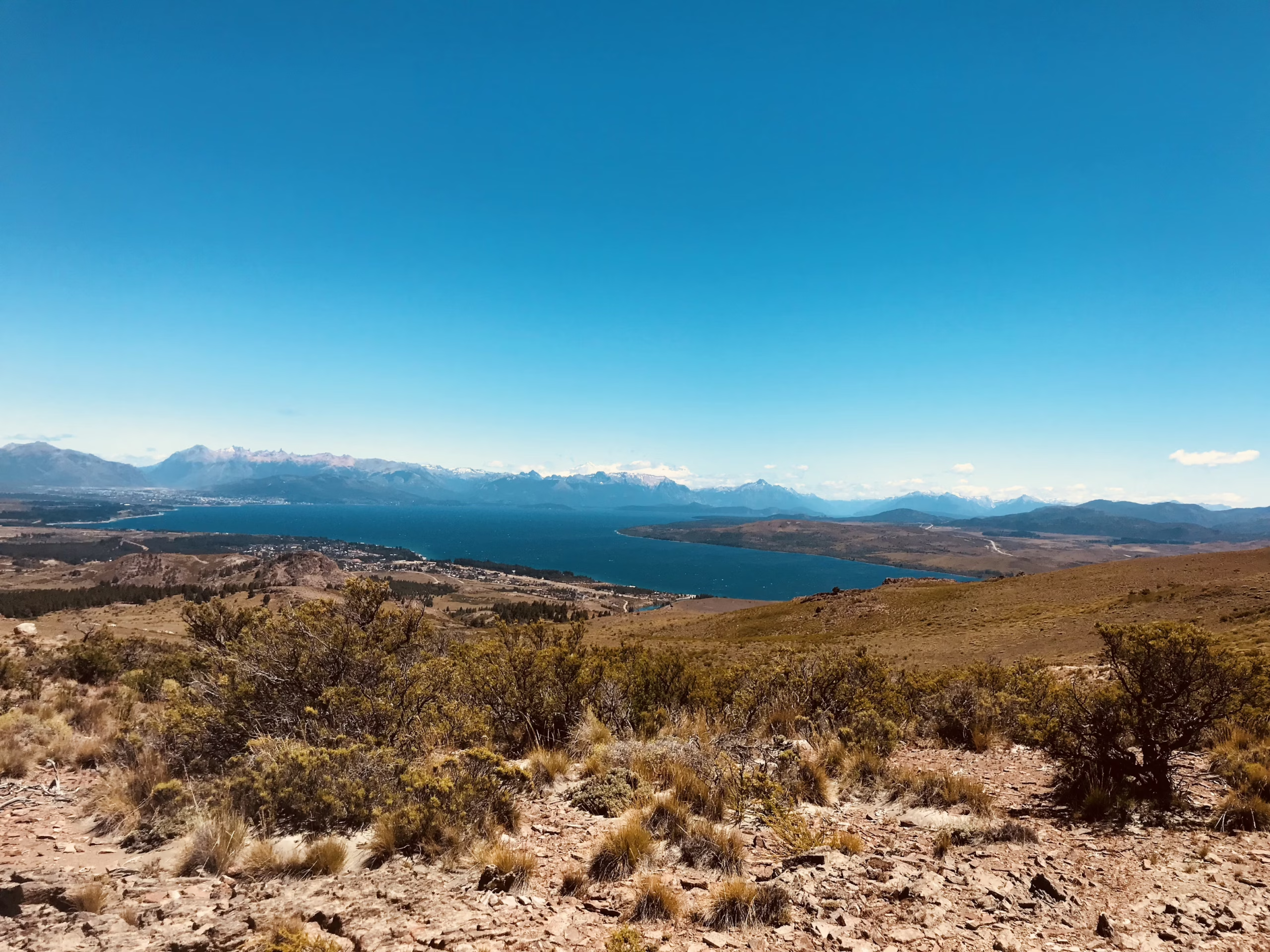
Telteca Forest Nature Reserve
Close to Mendoza City lies a reserve protecting one of the province’s last native forests: the Telteca Forest Nature Reserve. Located in Lavalle and created in 1983, it preserves 20,000 hectares of century-old carob trees and native wildlife. Its arid and desert-like landscape has a special magic.
What you’ll find in Telteca Forest Nature Reserve
The Telteca Forest Nature Reserve is a biodiversity haven in northeastern Mendoza. It offers a glimpse into how this region looked centuries ago. The main vegetation includes centuries-old carob trees, jarillas, chañares, and cacti.
You can also spot native species like guanacos, gray foxes, wildcats, and numerous birds — including the iconic yellow cardinal.
Local Huarpe communities still live nearby, preserving their traditions and deep connection with the land — making this reserve essential to Mendoza’s cultural heritage.
Things to do in Telteca Forest
The Telteca Forest Reserve is perfect for easy hiking trails that help you understand the region’s flora and fauna. There are interpretive trails through centuries-old woodlands and others exploring sandy formations and desert vegetation.
If you’re lucky, you may spot foxes, guanacos, and birds. On the “Las Hormigas” trail, there’s a lookout point with views of Mount Aconcagua on clear days.
All trails are well-marked and offer a window into the province’s natural history.
How to get to Telteca Forest
From Mendoza City, take National Route 40 north, then Provincial Route 34 until the intersection with National Route 142. Continue along Provincial Route 142 to reach the entrance of Telteca Nature Reserve.
From the entrance, dirt roads lead to different sections of the forest. Bring plenty of water, sunscreen, and suitable clothing for walking, as the area has a dry desert climate.
It’s about 120 km from Mendoza City — roughly a 2-hour drive at a moderate speed.
You can check the map to reach Telteca Forest from Mendoza.
My favorite: a secret spot in Vallecitos — dining by the Río Blanco
I’m almost hesitant to share this place… not because it’s not worth it (quite the opposite!), but because its magic lies in the fact that very few people know about it — and even fewer go there.
But if there’s one plan I repeat every year without fail, it’s this: having lunch by the Río Blanco in Vallecitos.
The drive to Vallecitos is already an experience — a gravel road surrounded by mountains that any vehicle can manage (as long as you don’t go up to the old ski resort). Just keep in mind that the altitude can affect some people and, in winter, snow chains may be essential.
During the week, it’s almost deserted. You’ll find peaceful spots to set up your folding table, chairs, and enjoy the sound of the river, the fresh air, and a sunny picnic.
On weekends or holidays, it’s a different story — expect crowds and limited parking.
That’s where my best-kept secret comes in: a hidden place where you can truly disconnect from the world and connect 100% with nature. Perfect if you’re looking for solitude, reflection, or simply a moment of pure peace.
The Río Blanco isn’t just any river — it’s glacier meltwater that supplies much of Mendoza Province. It’s said to be one of the purest waters in Argentina — and if you visit respectfully, you’ll feel it.
🚫 IMPORTANT: As in most of Mendoza, lighting fires is prohibited. But if you decide to anyway (since many still do), please be extremely careful. Extinguish it completely with plenty of water and leave no trash behind. This place is magical because it’s cared for — help keep it that way.
Here’s the exact map location 📍
There’s grass and smooth rocks to sit on — enjoy it and tell us how it went! Oh, and if you’re going here, you definitely need to rent a car with Rentennials — these are the kinds of experiences you don’t share with just anyone. 😉
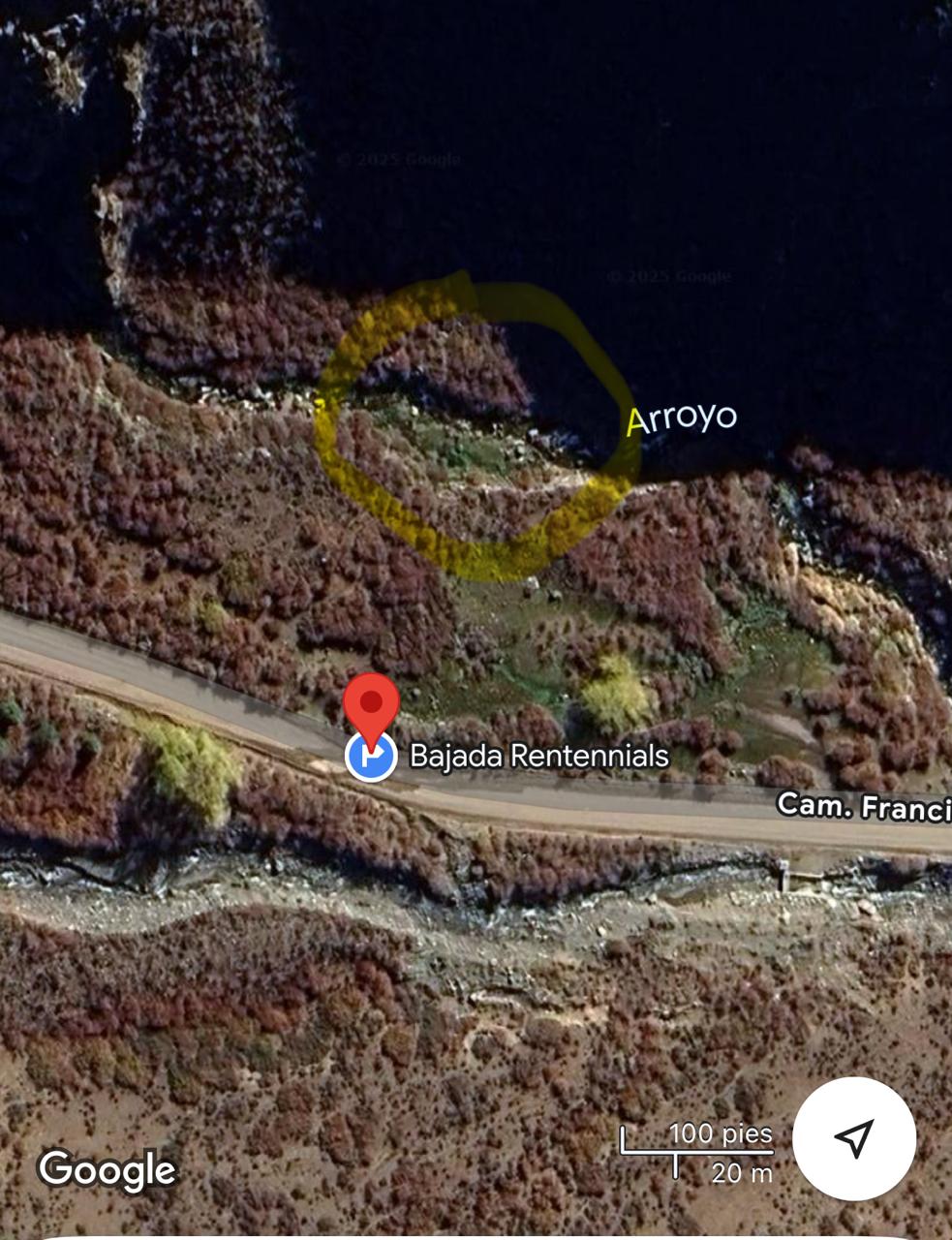
Tips for discovering Mendoza’s hidden gems
Visiting Mendoza is always a great idea. In the most famous spots, you’ll likely find plenty of other travelers — that’s why stepping beyond the classics lets you live a different kind of experience.
Here are some tips to explore Mendoza’s “B side”:
Somos Rentennials
Rentennials es la nueva forma de rentar vehículos de anfitriones locales en tu ciudad, de forma simple, rápida y económica. También es tu nuevo camino a emprender tu propia Rent a Car y ganar dinero todos los meses.
Descubre más.
